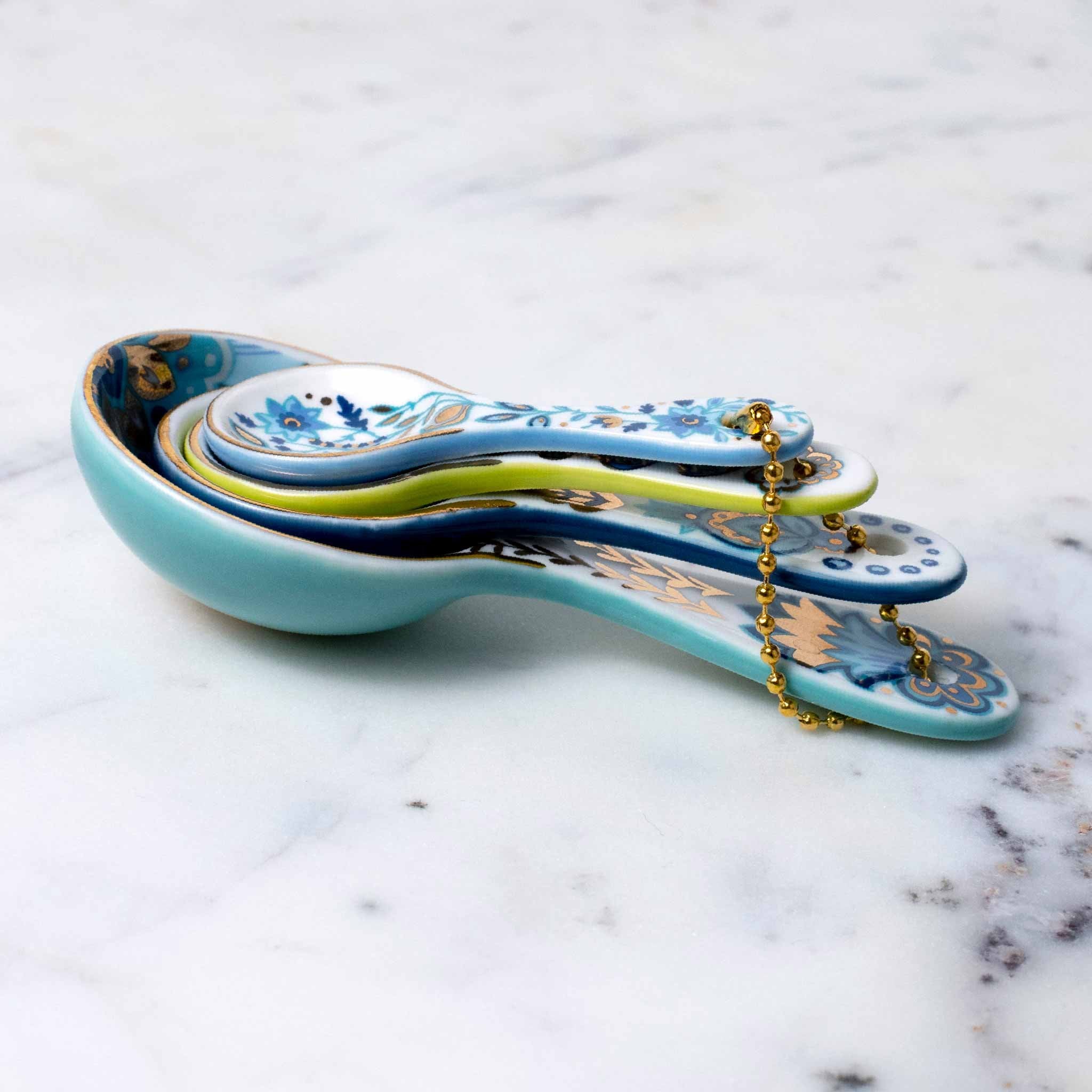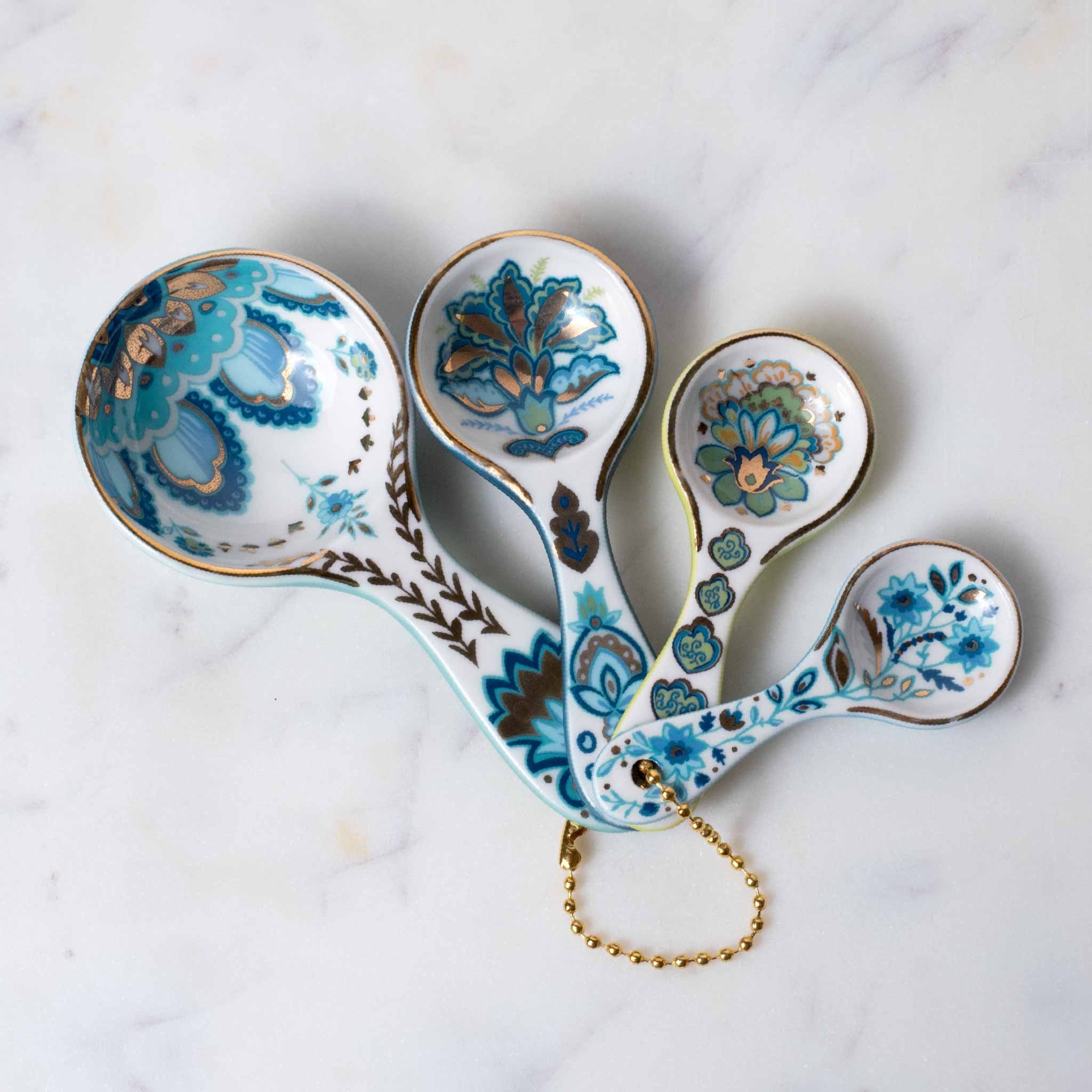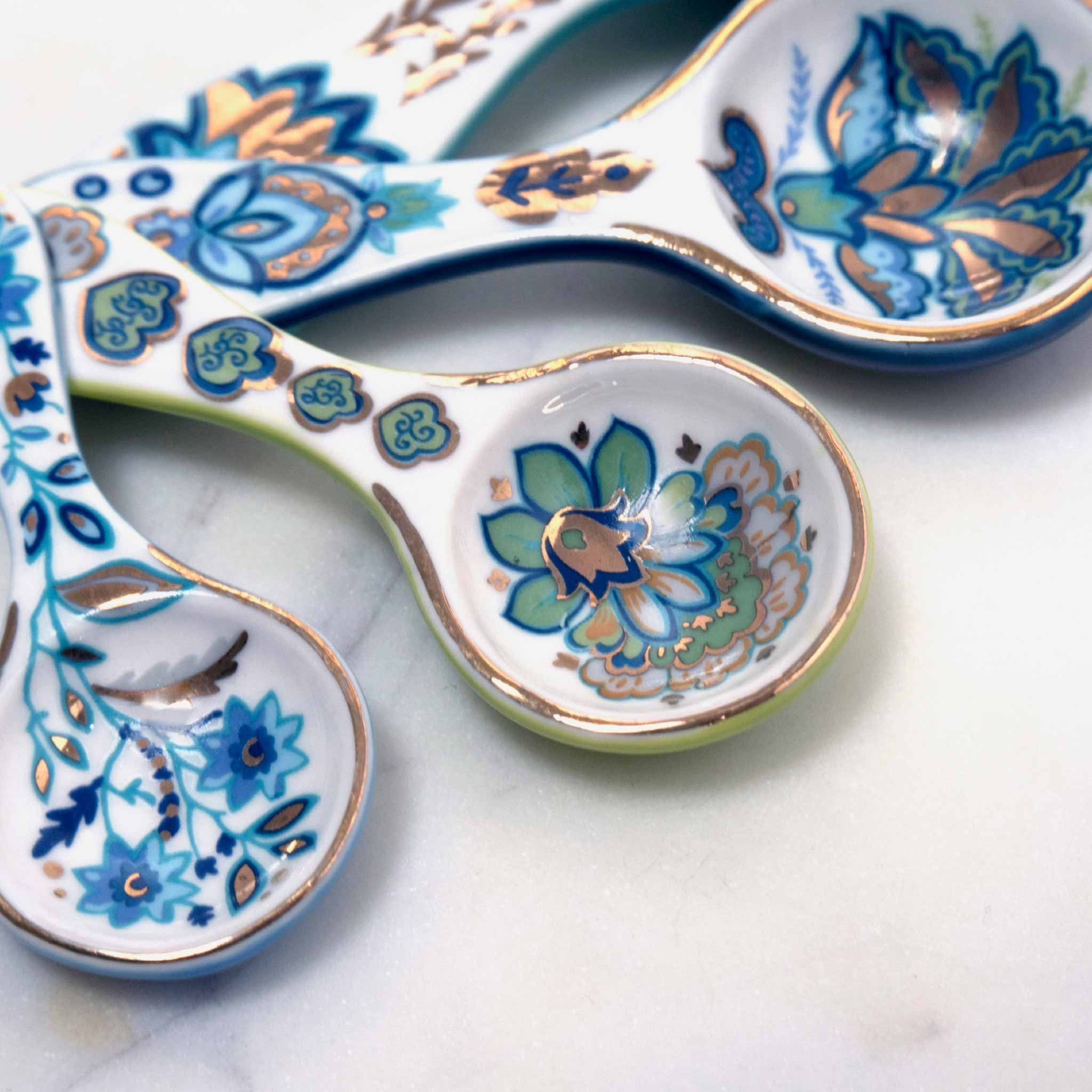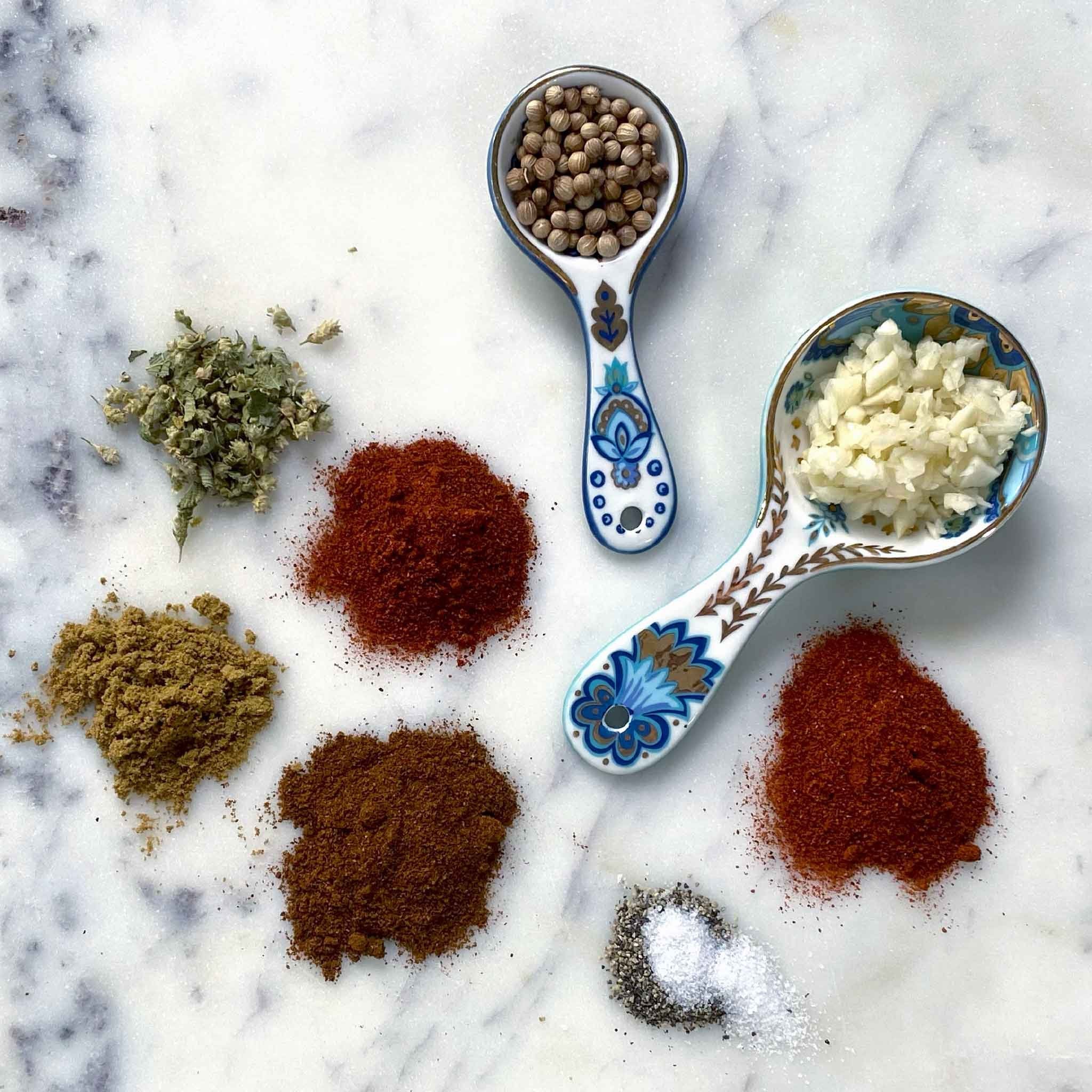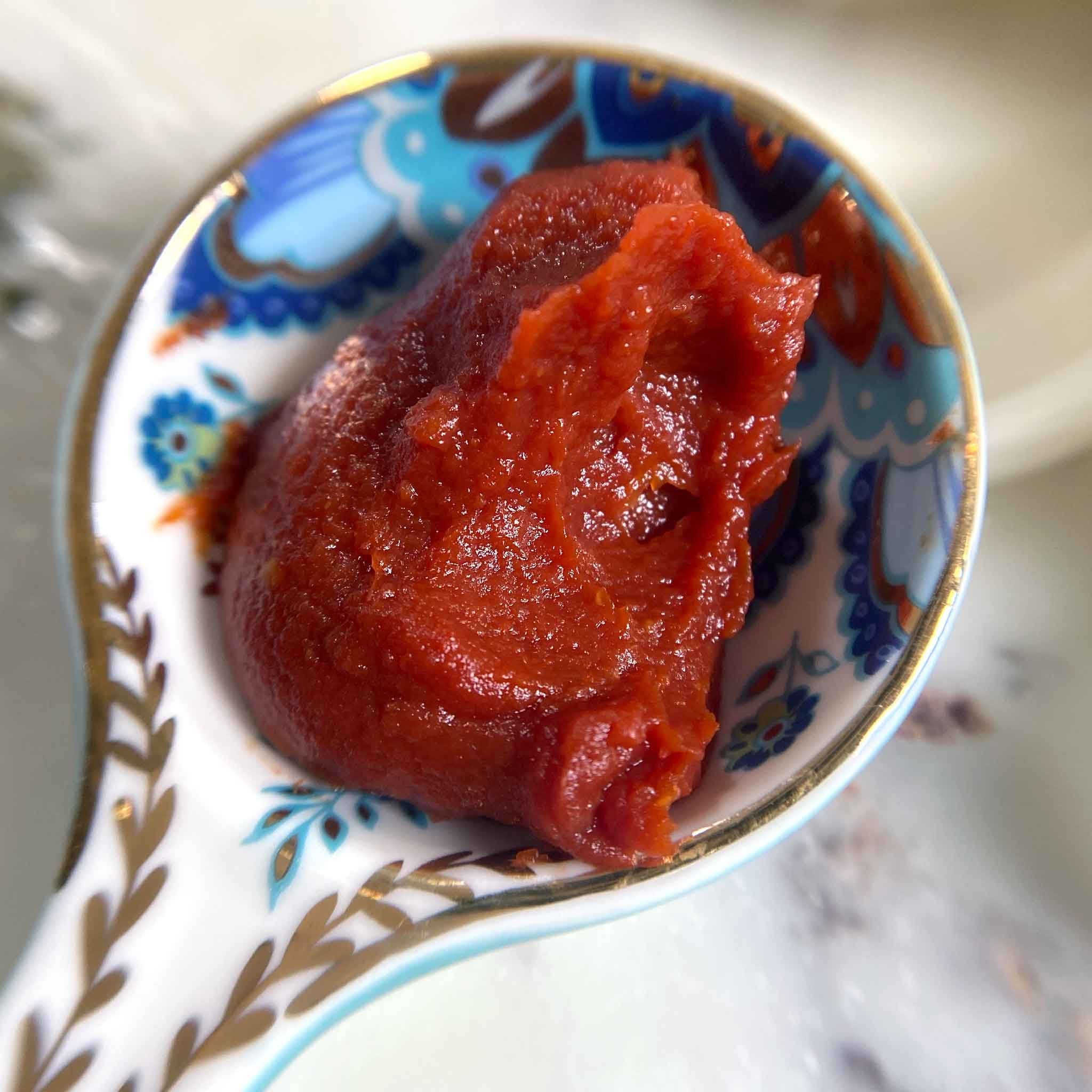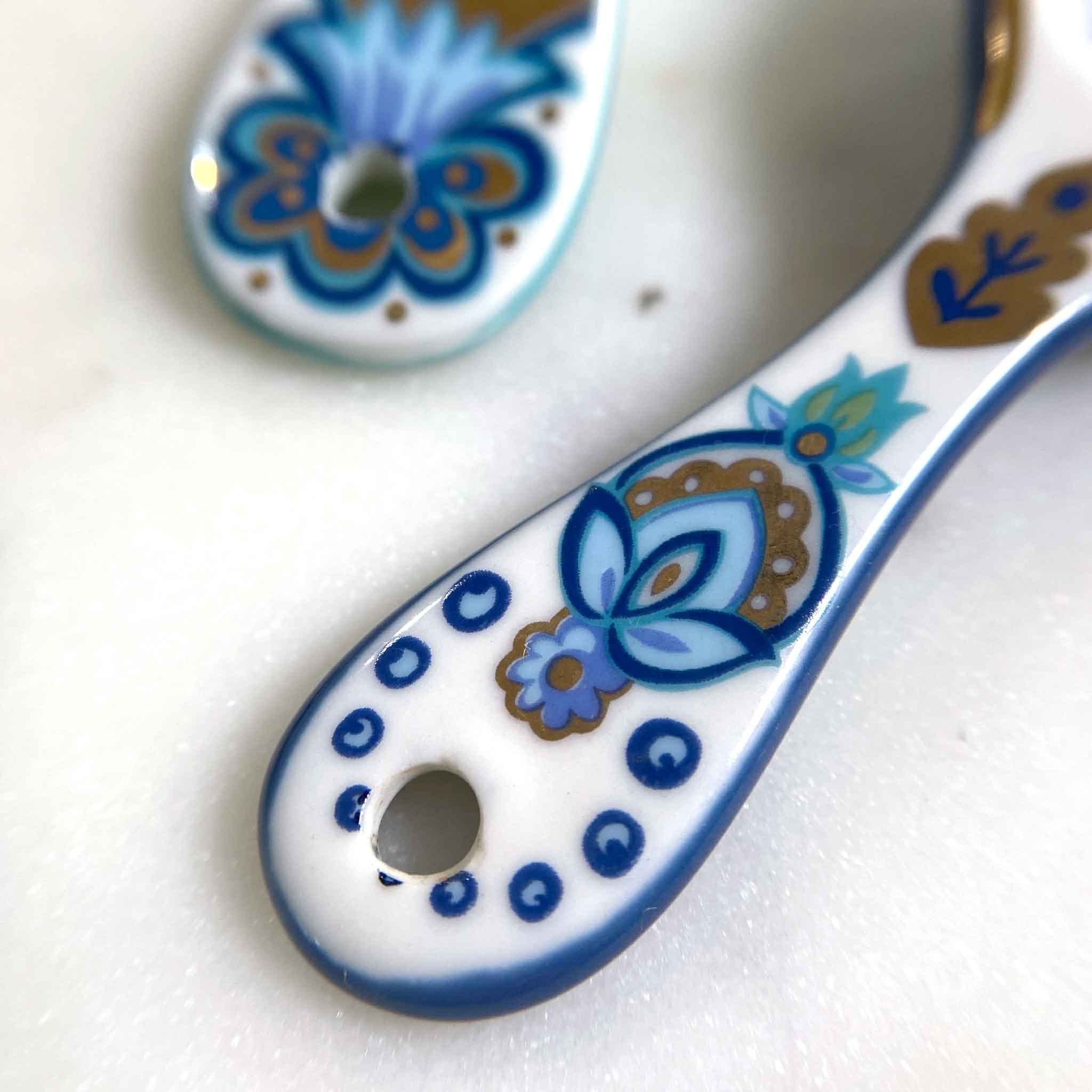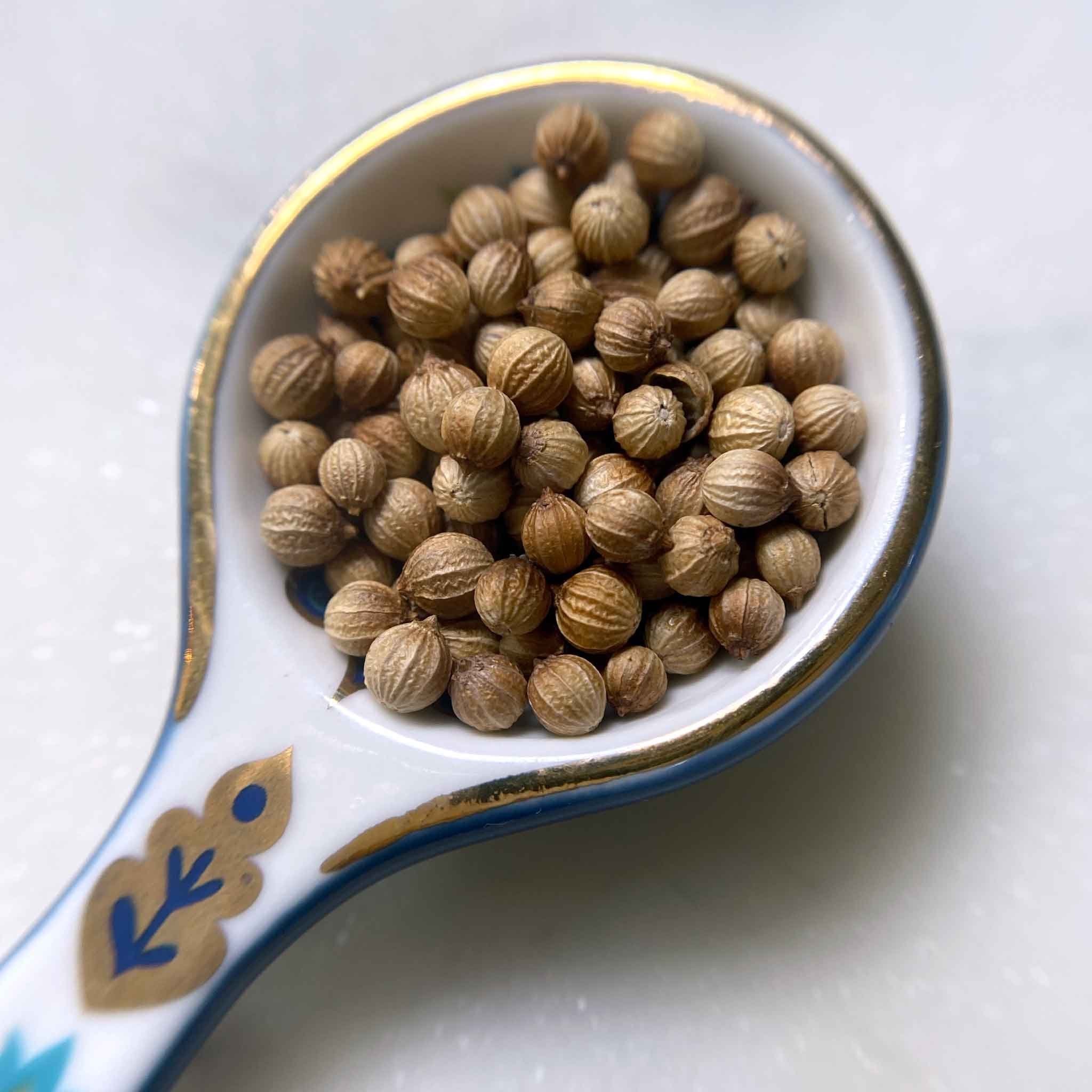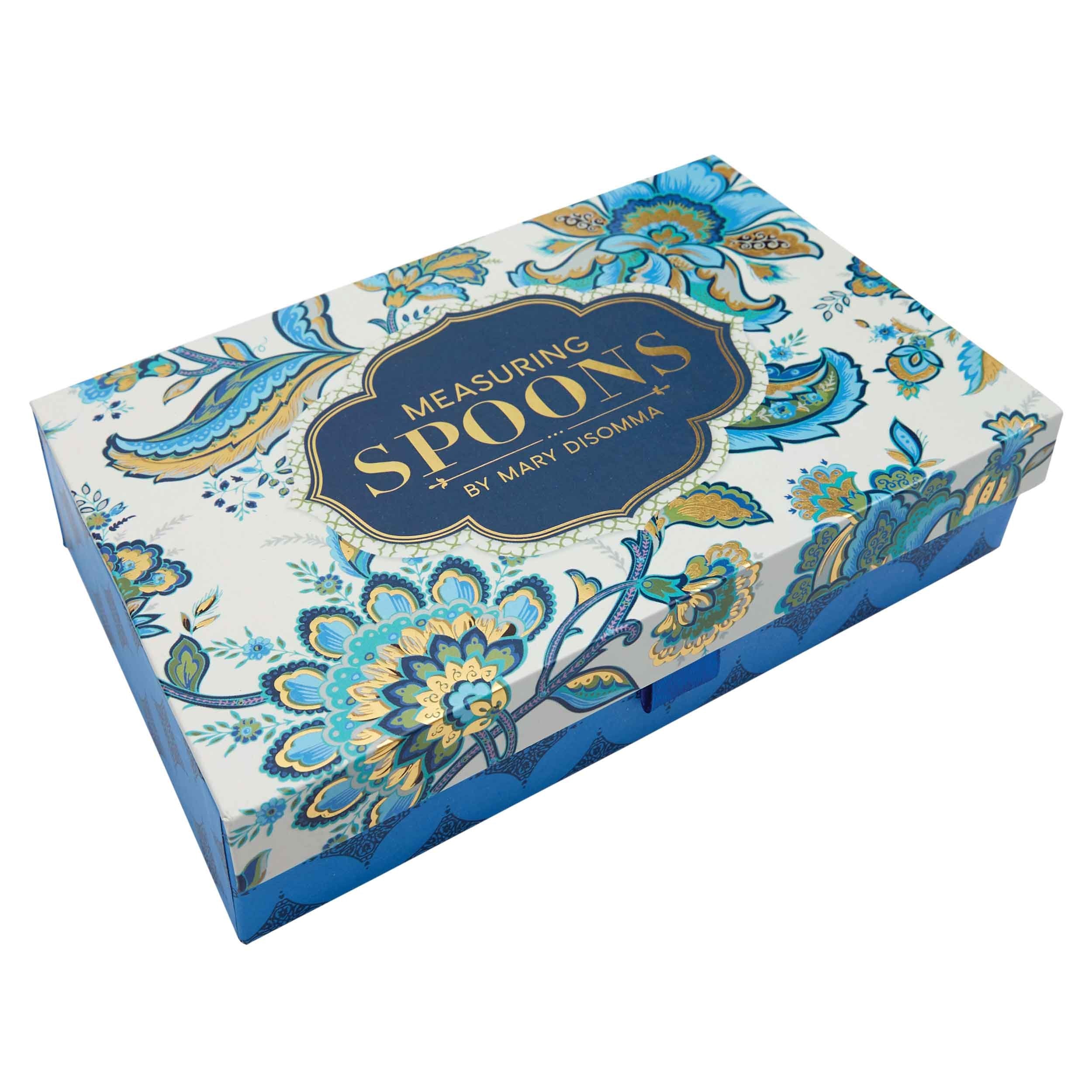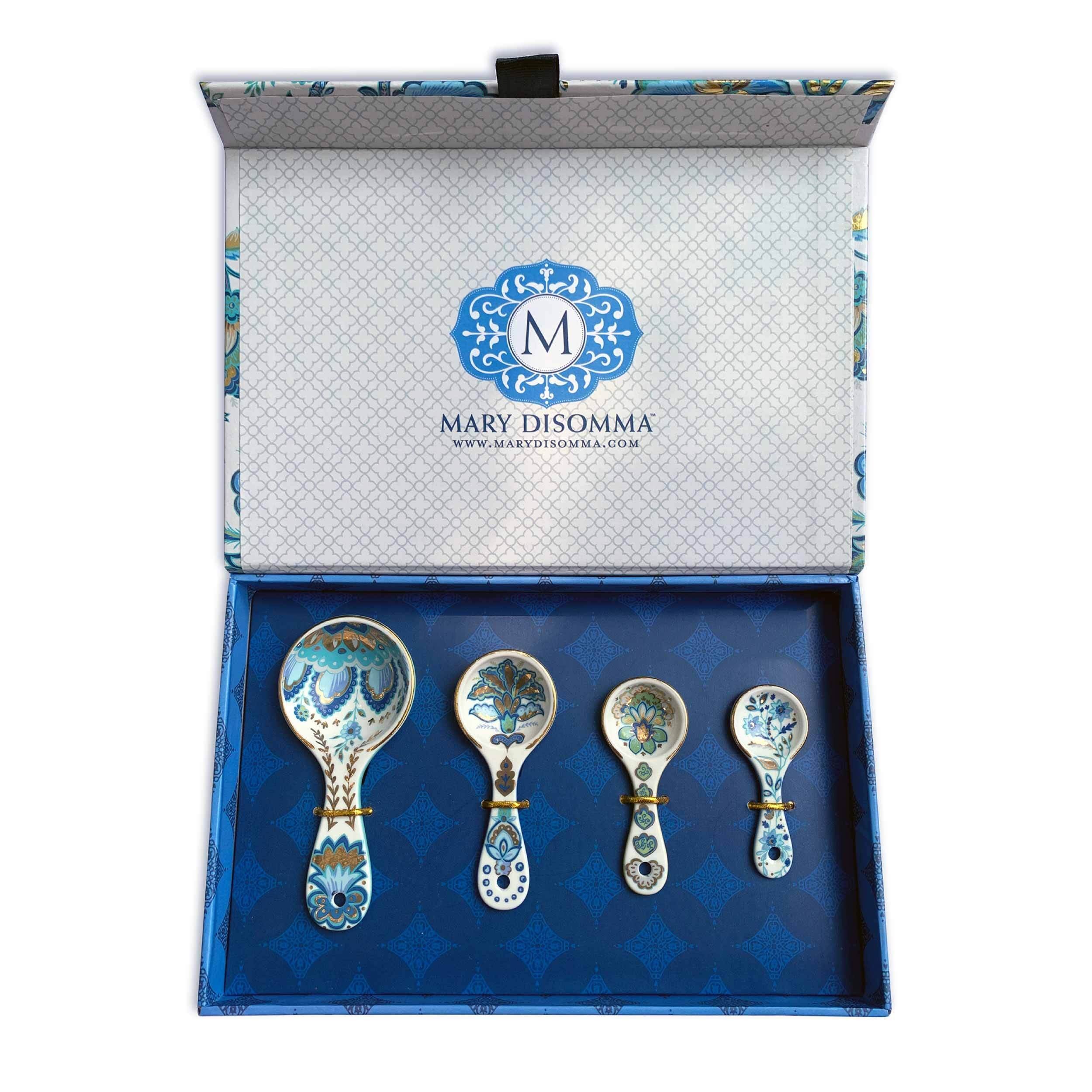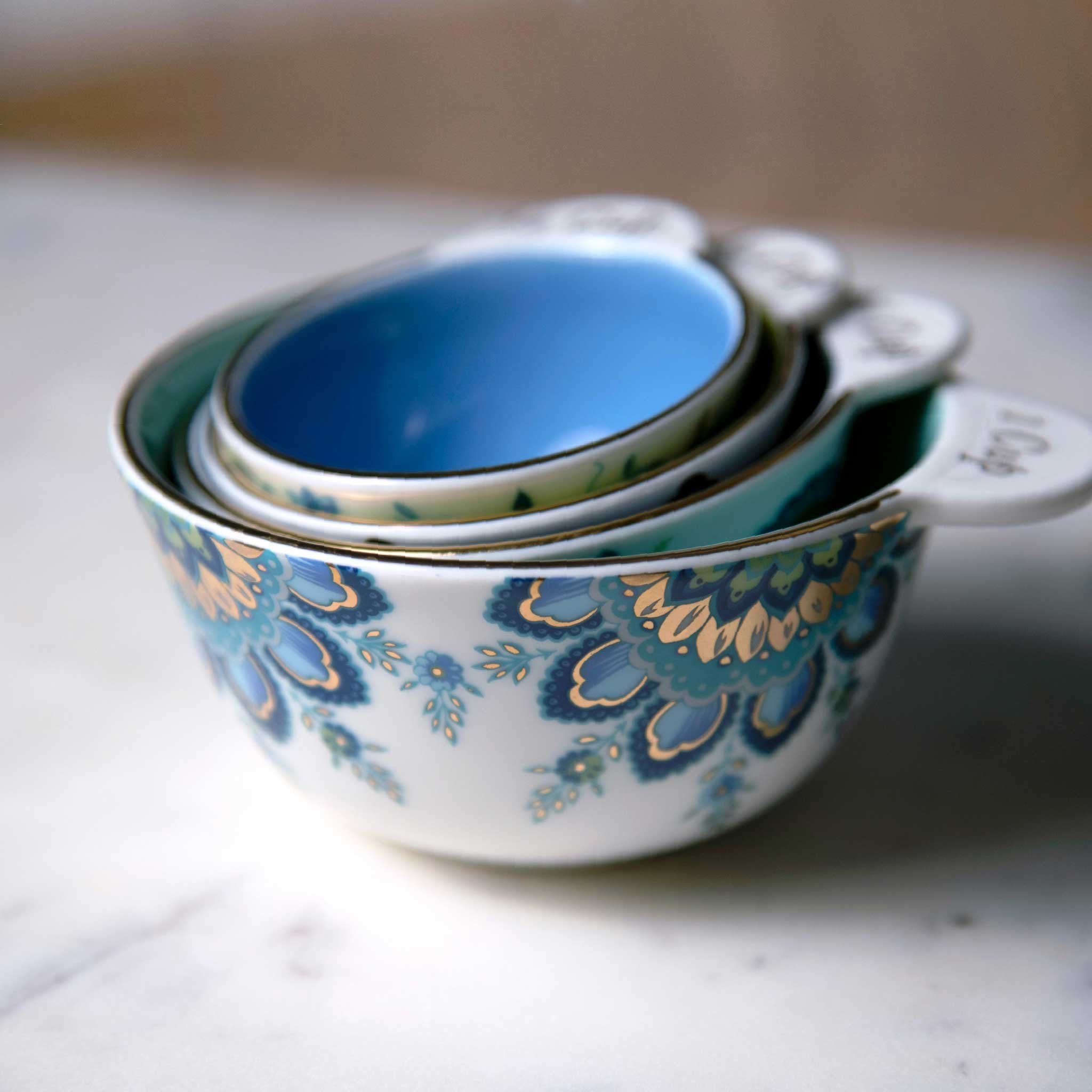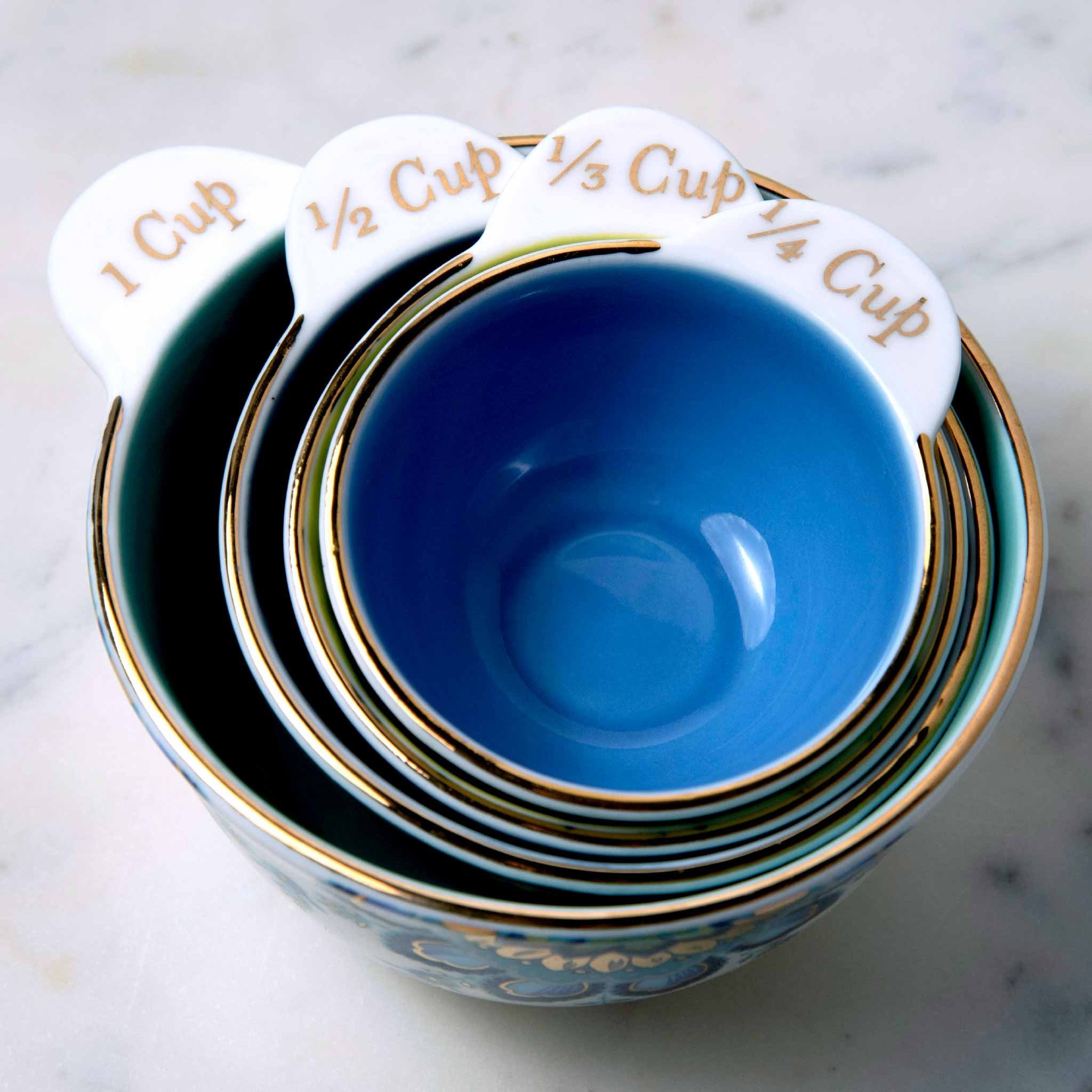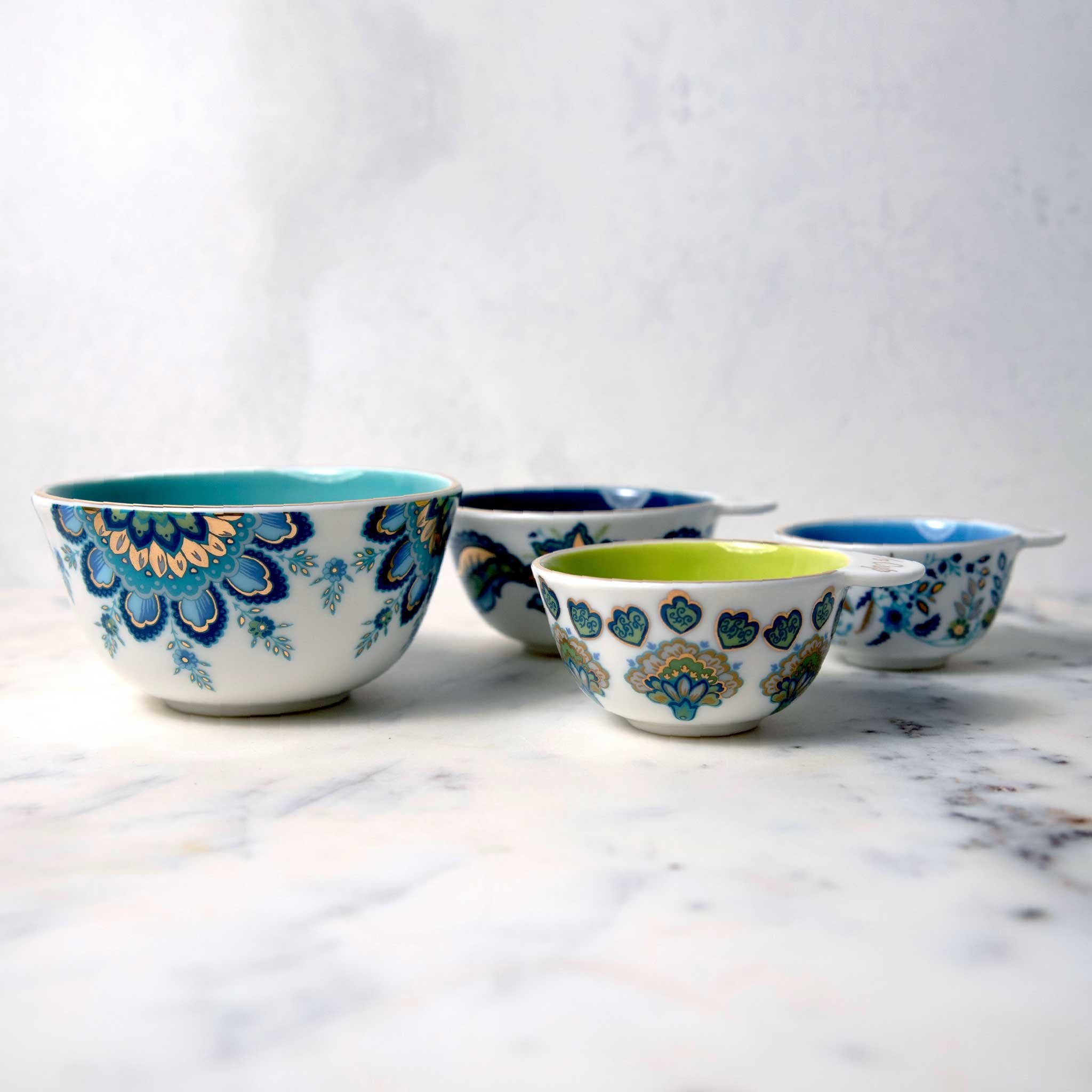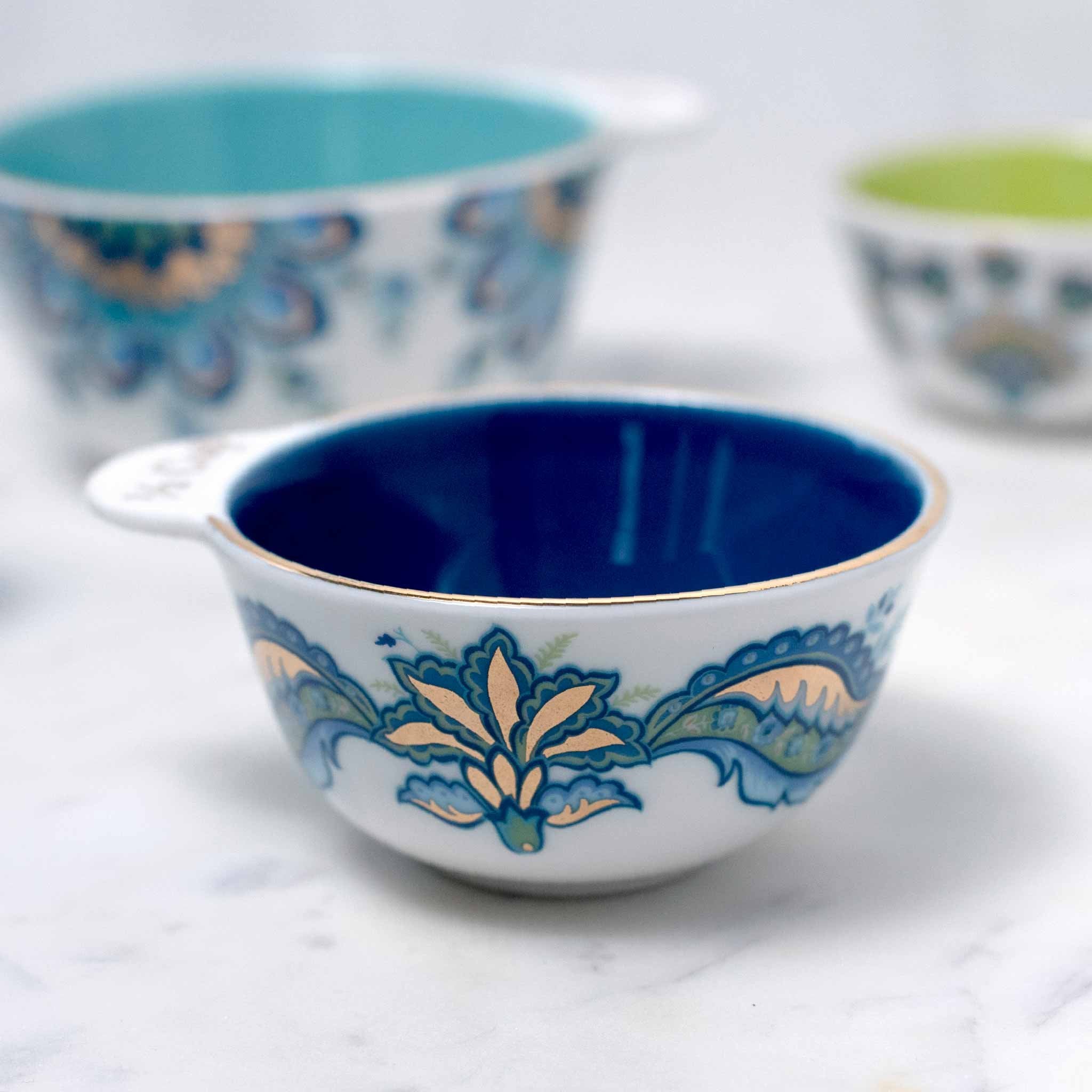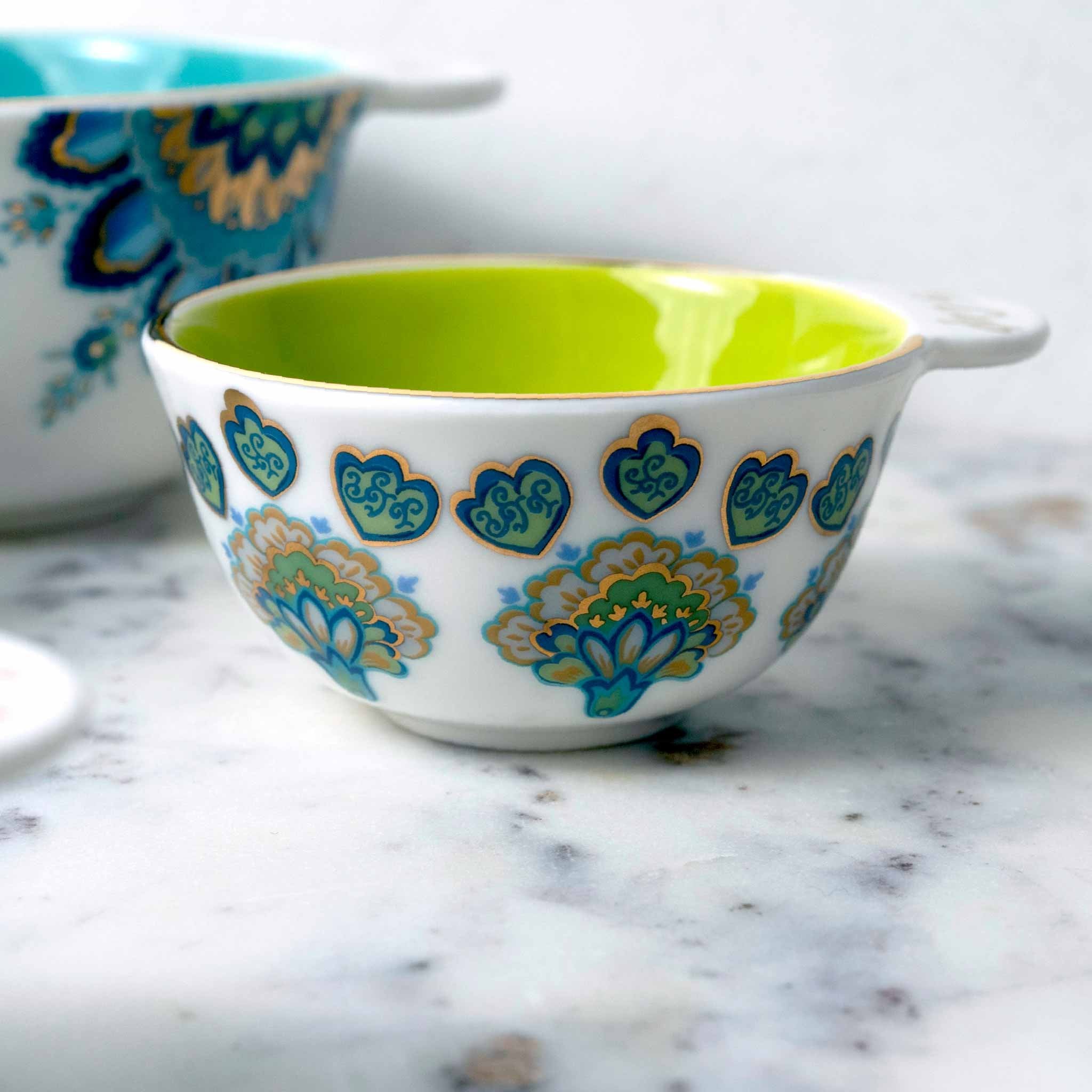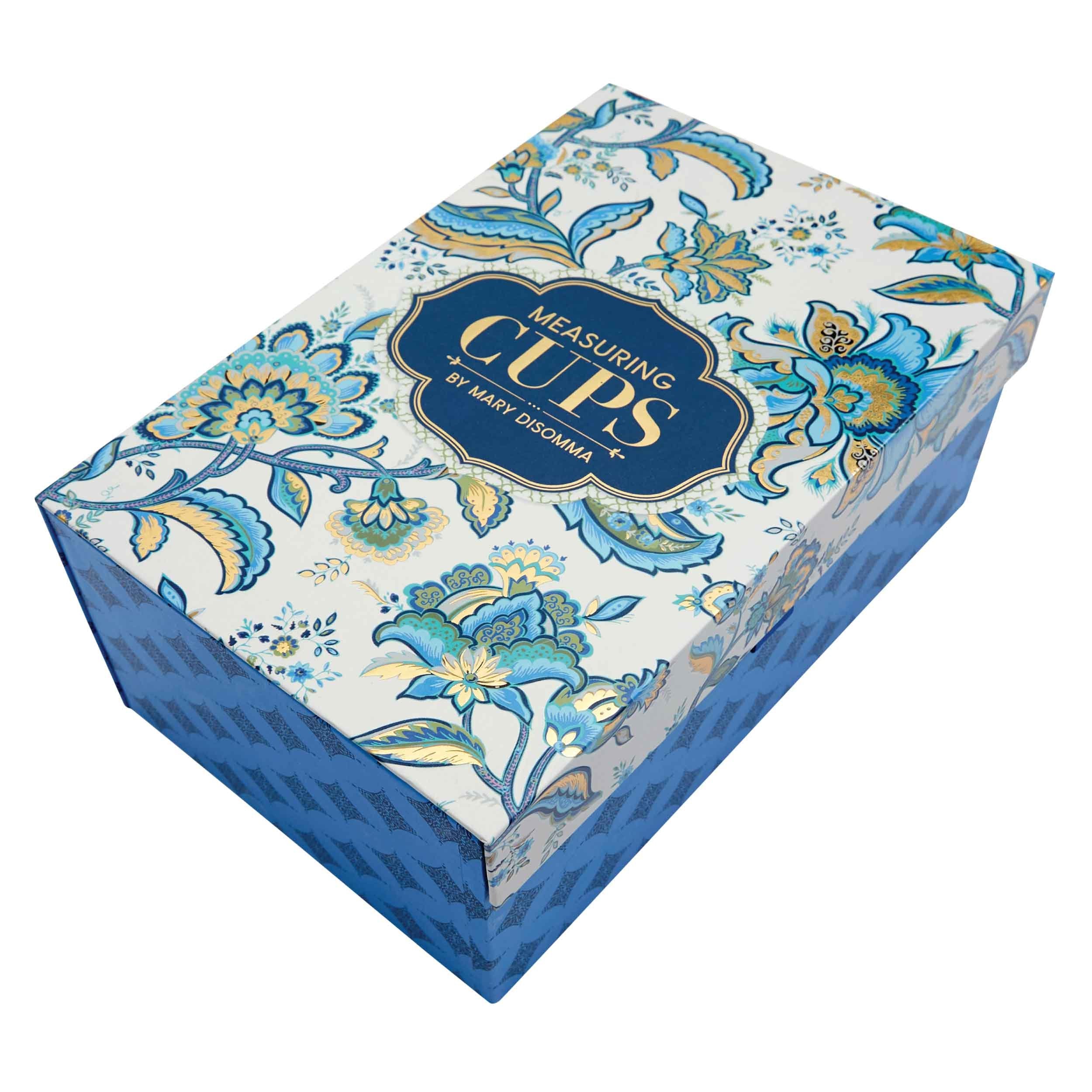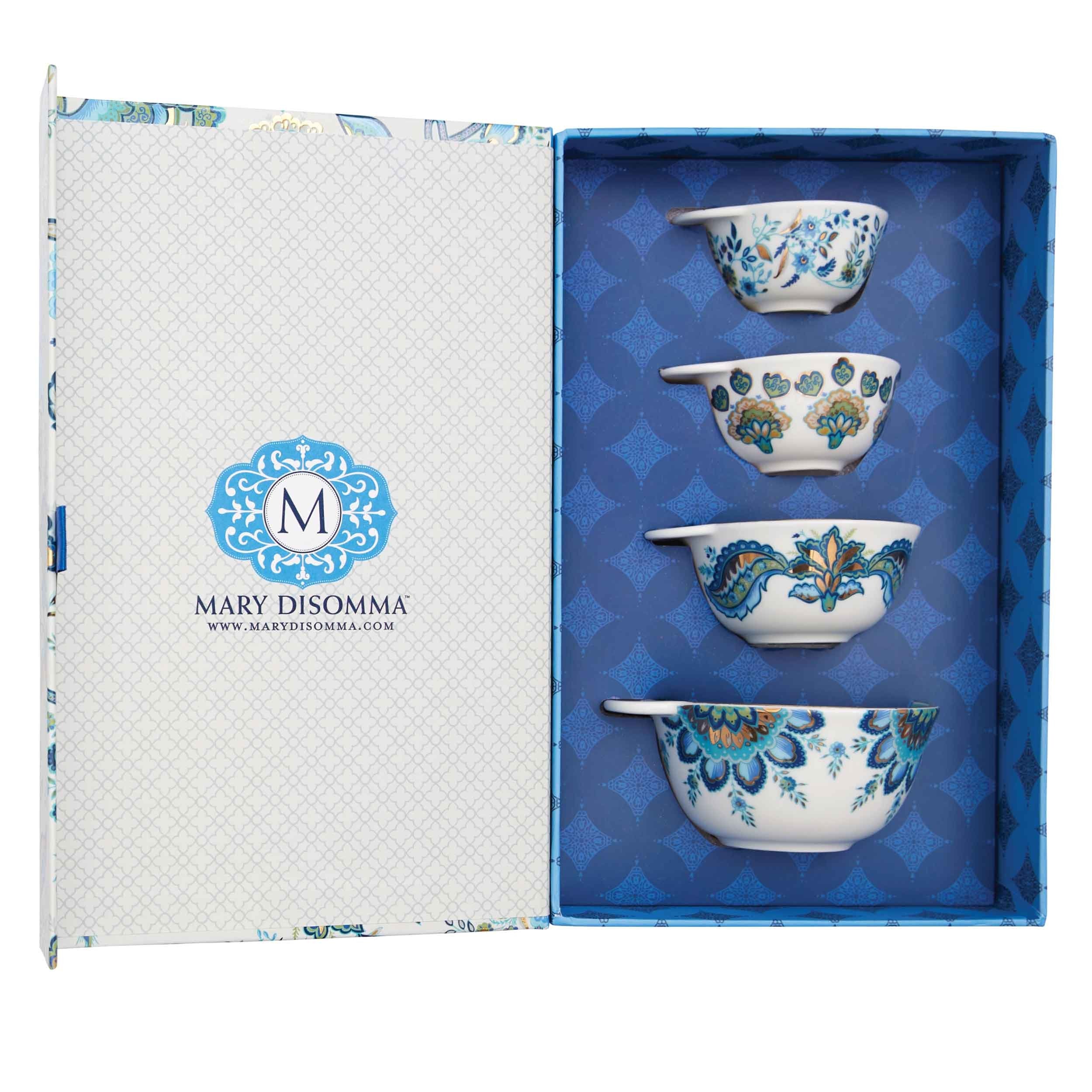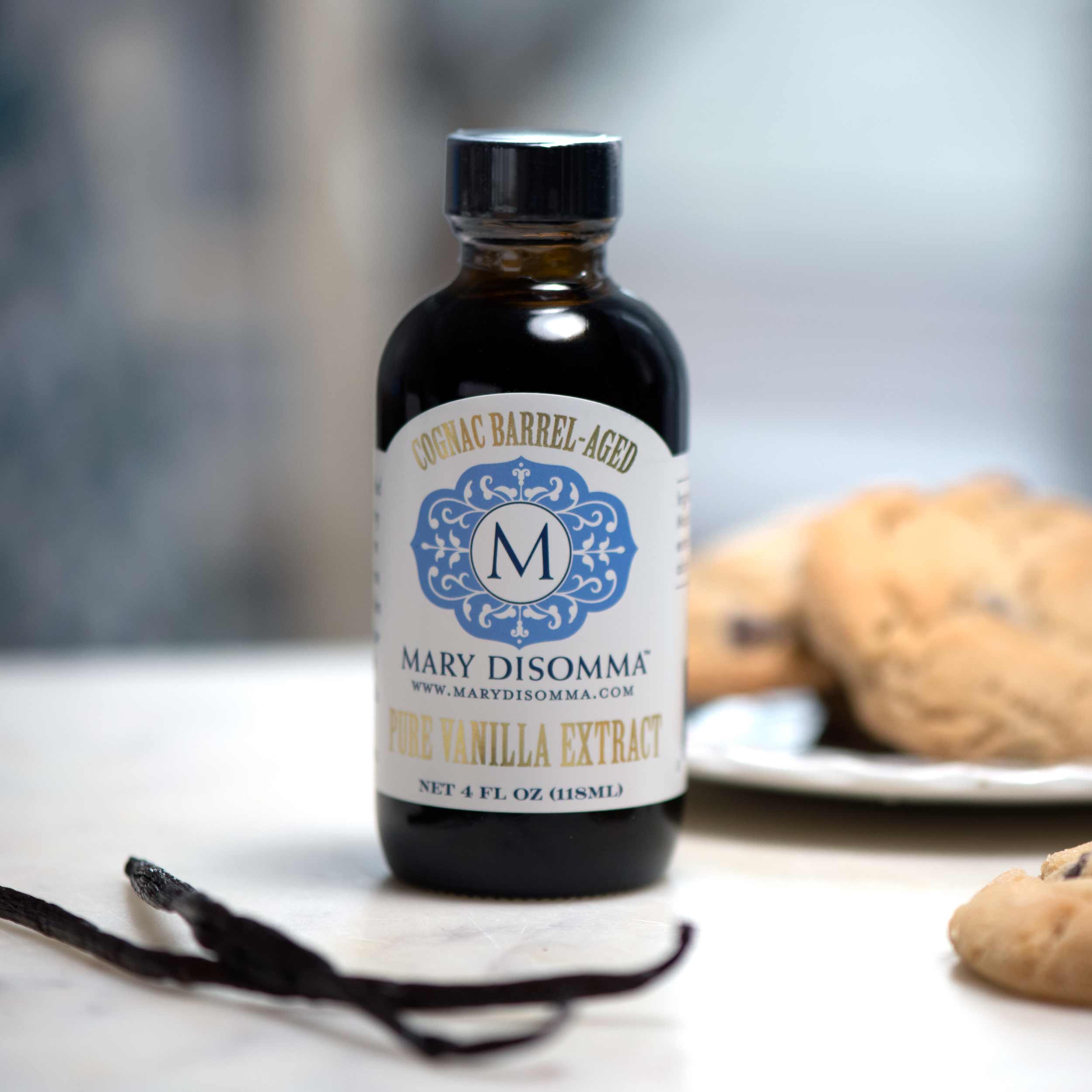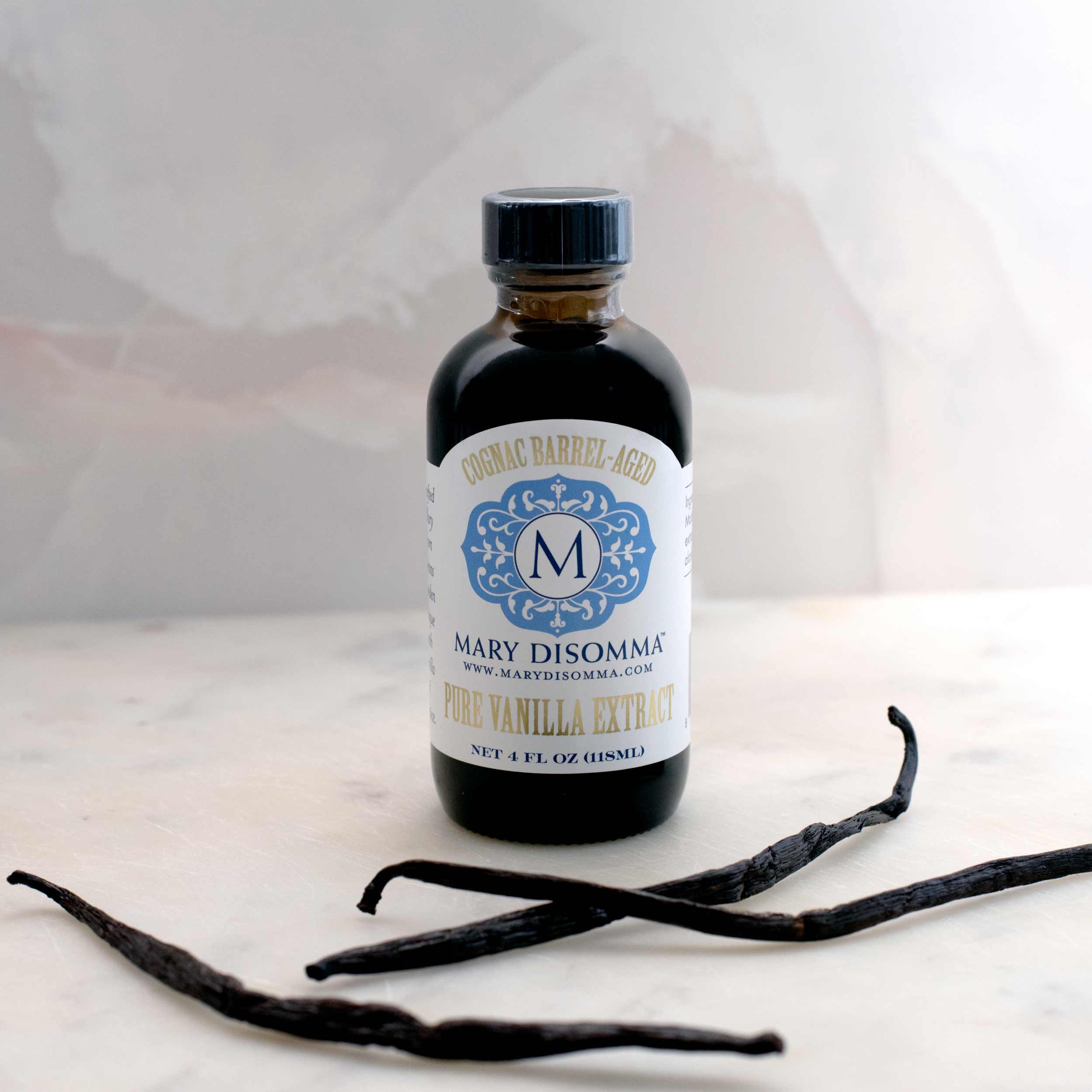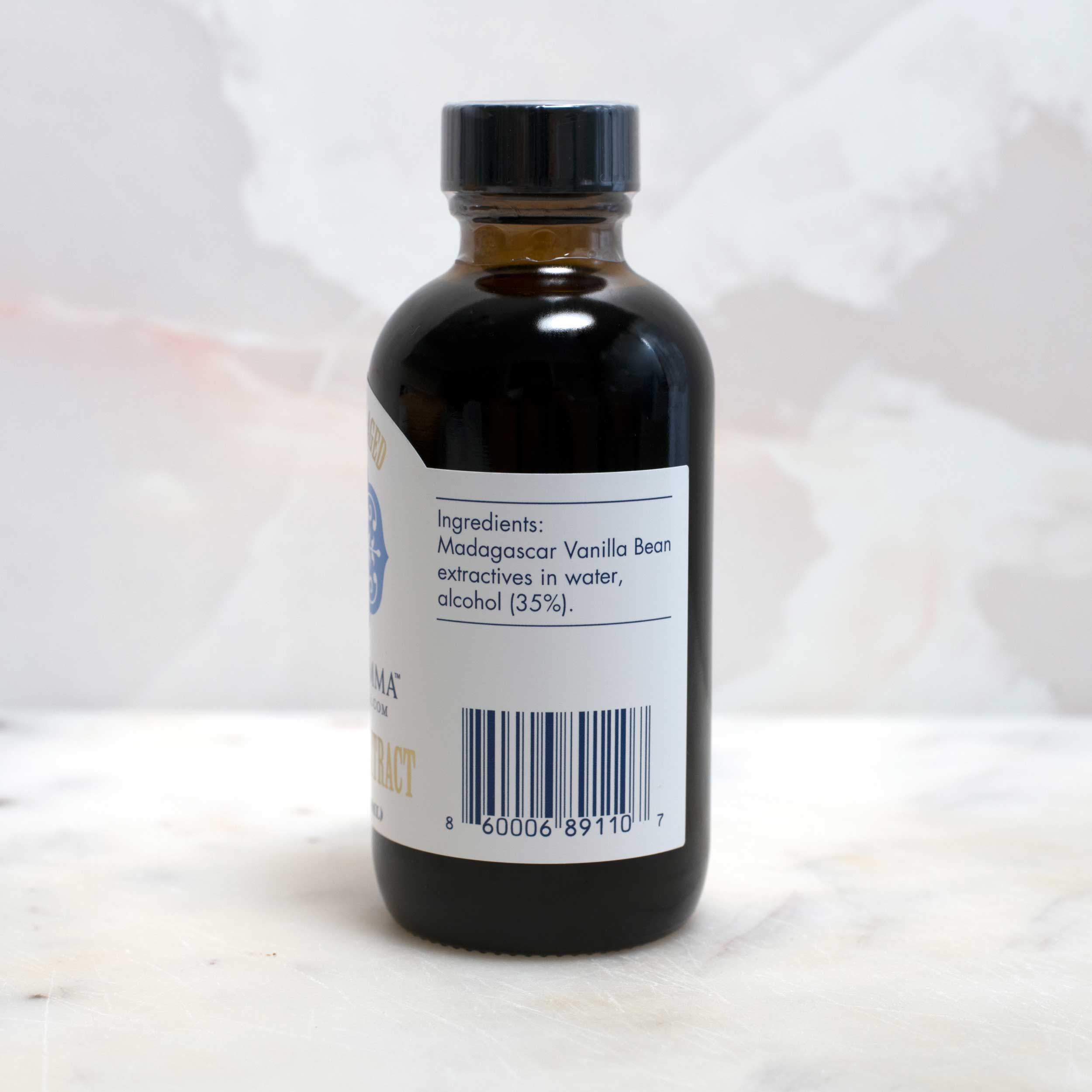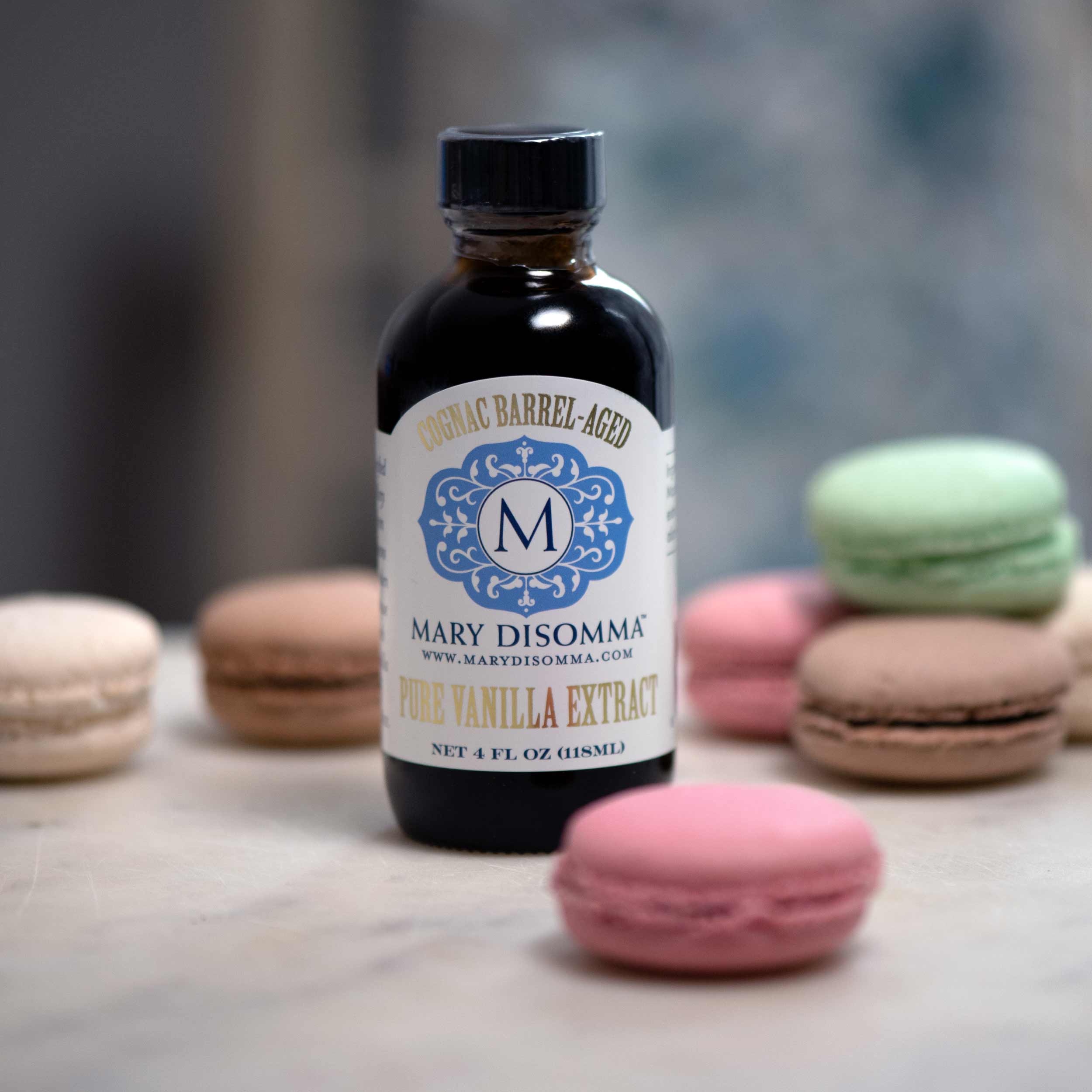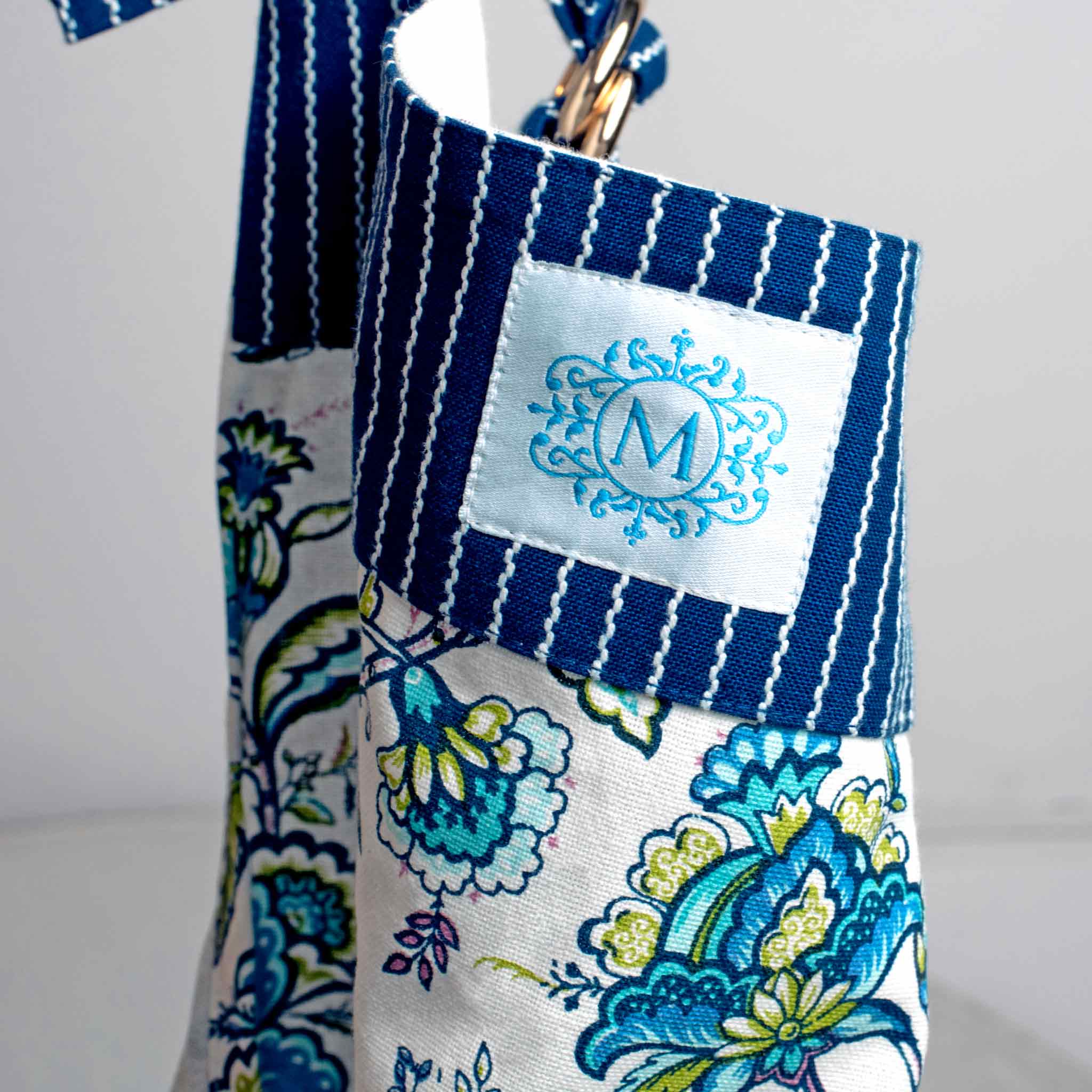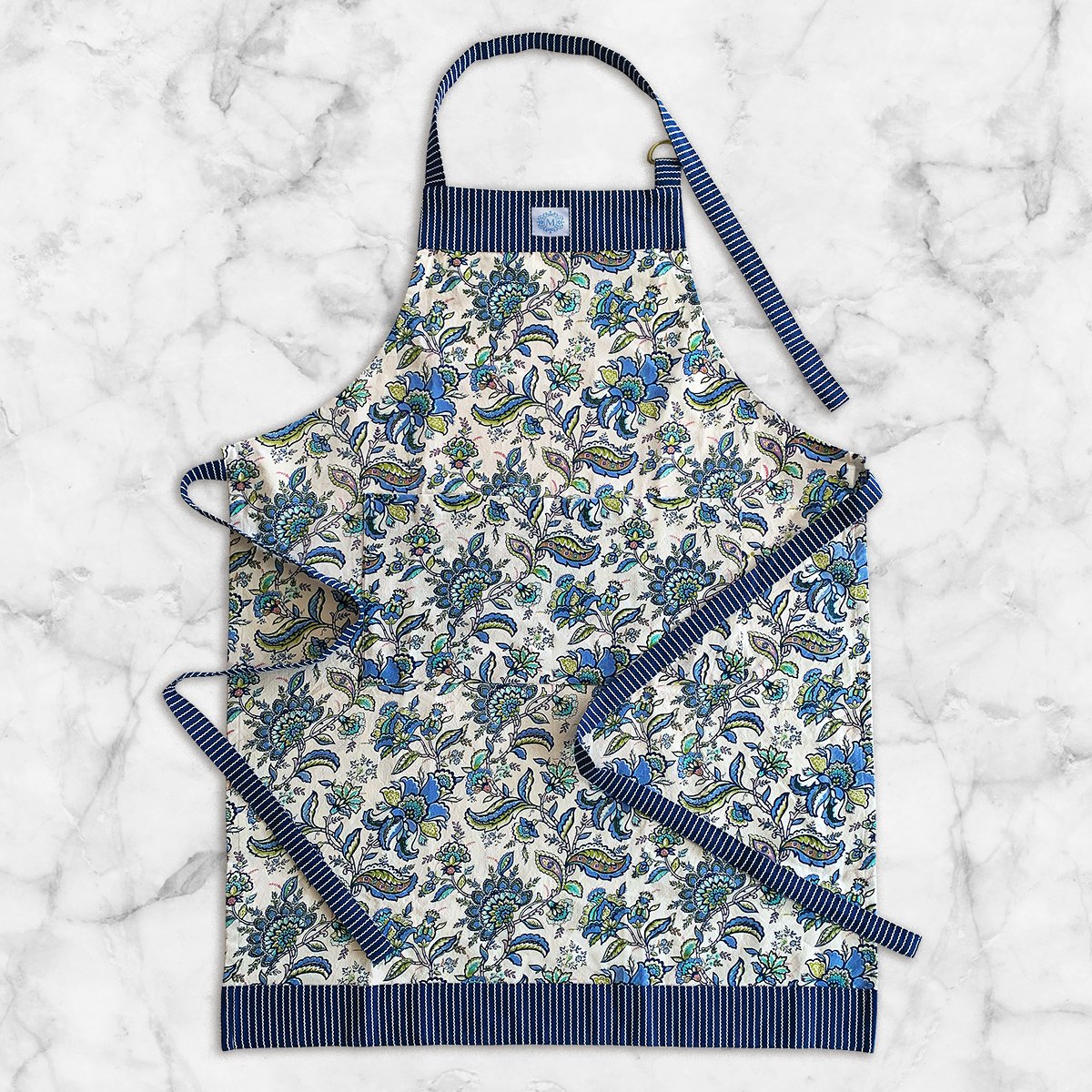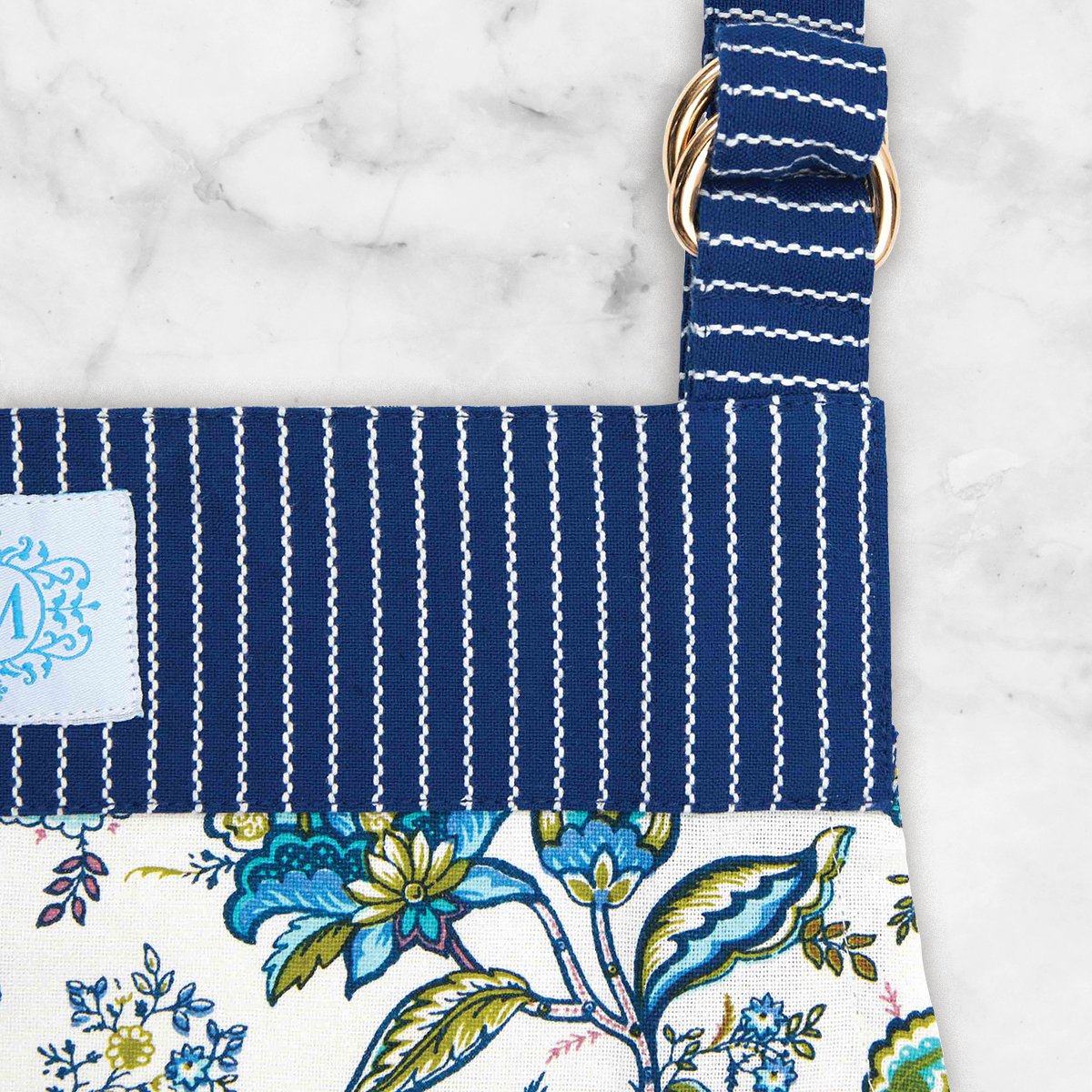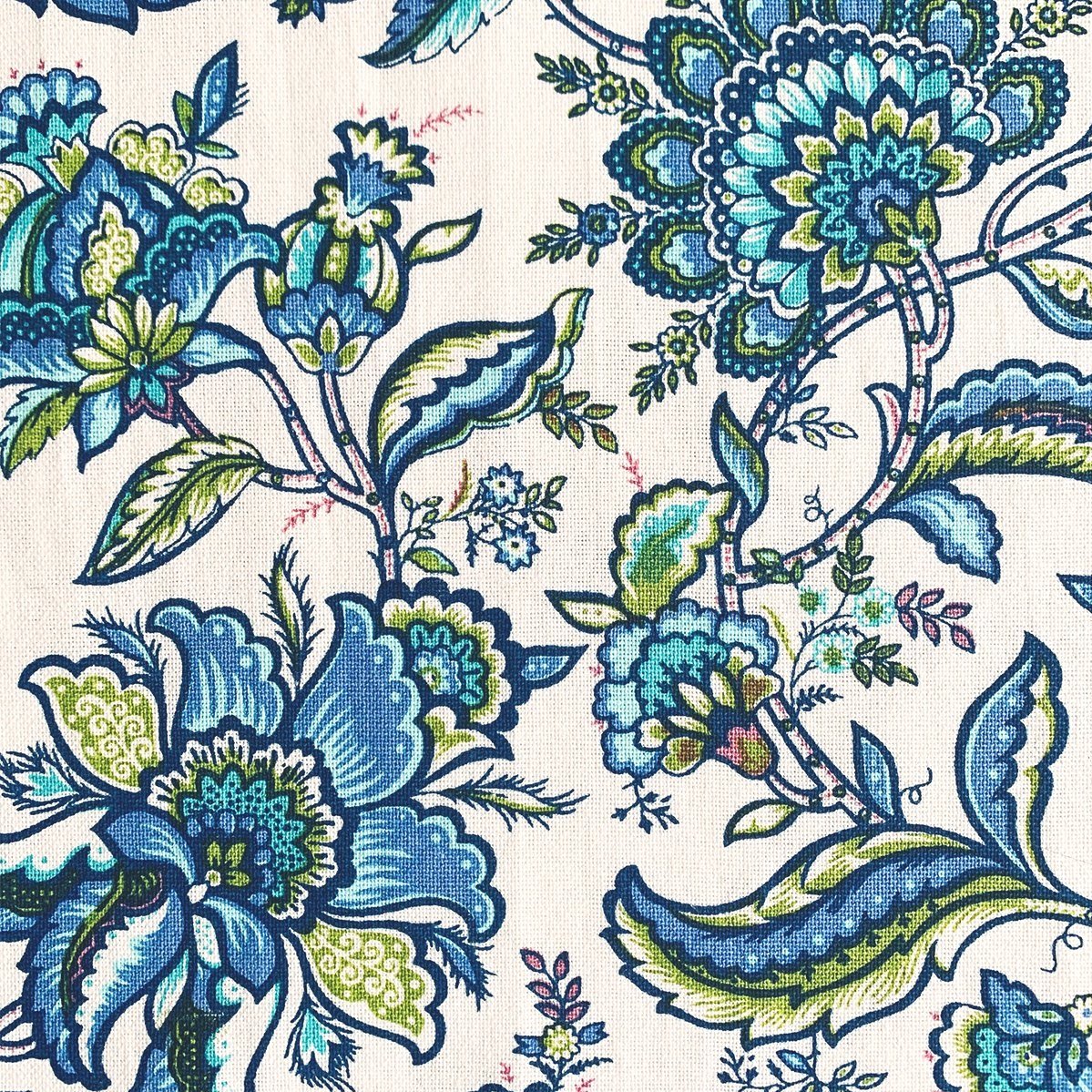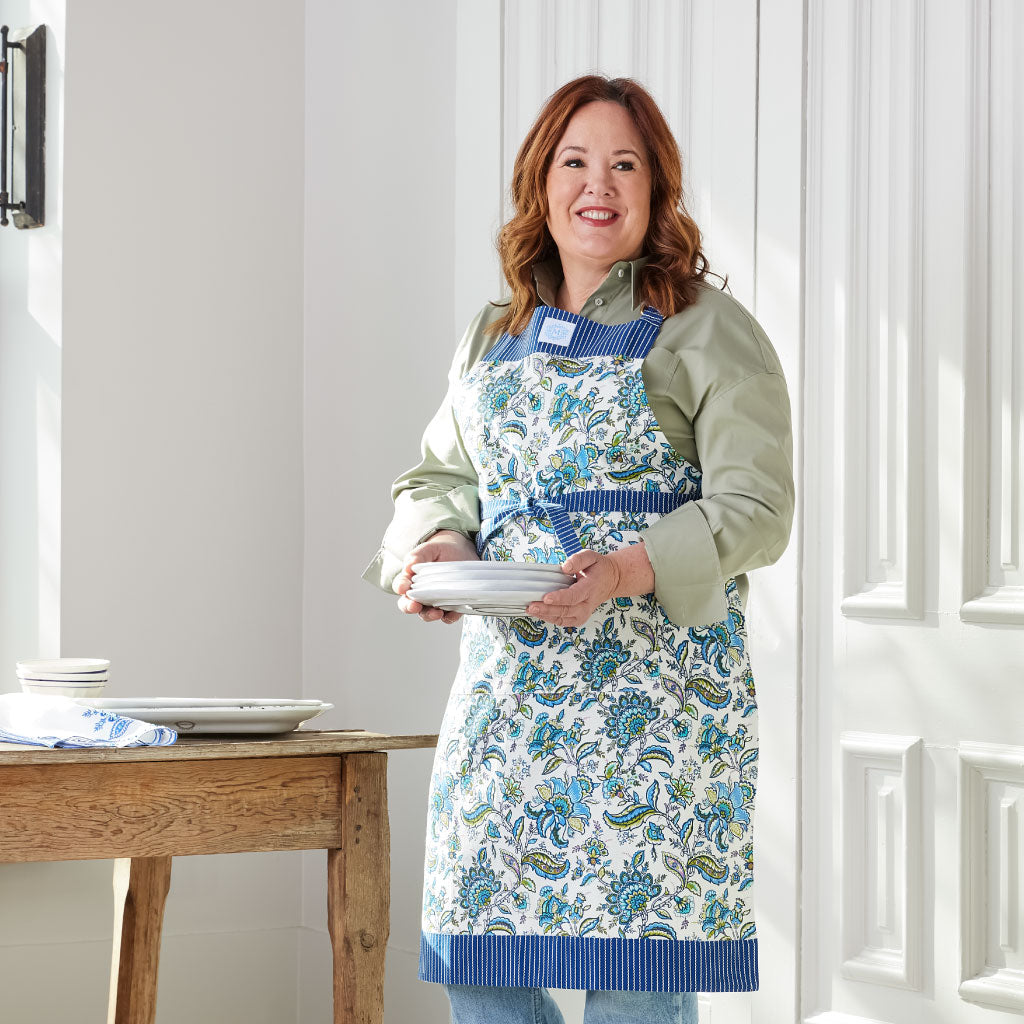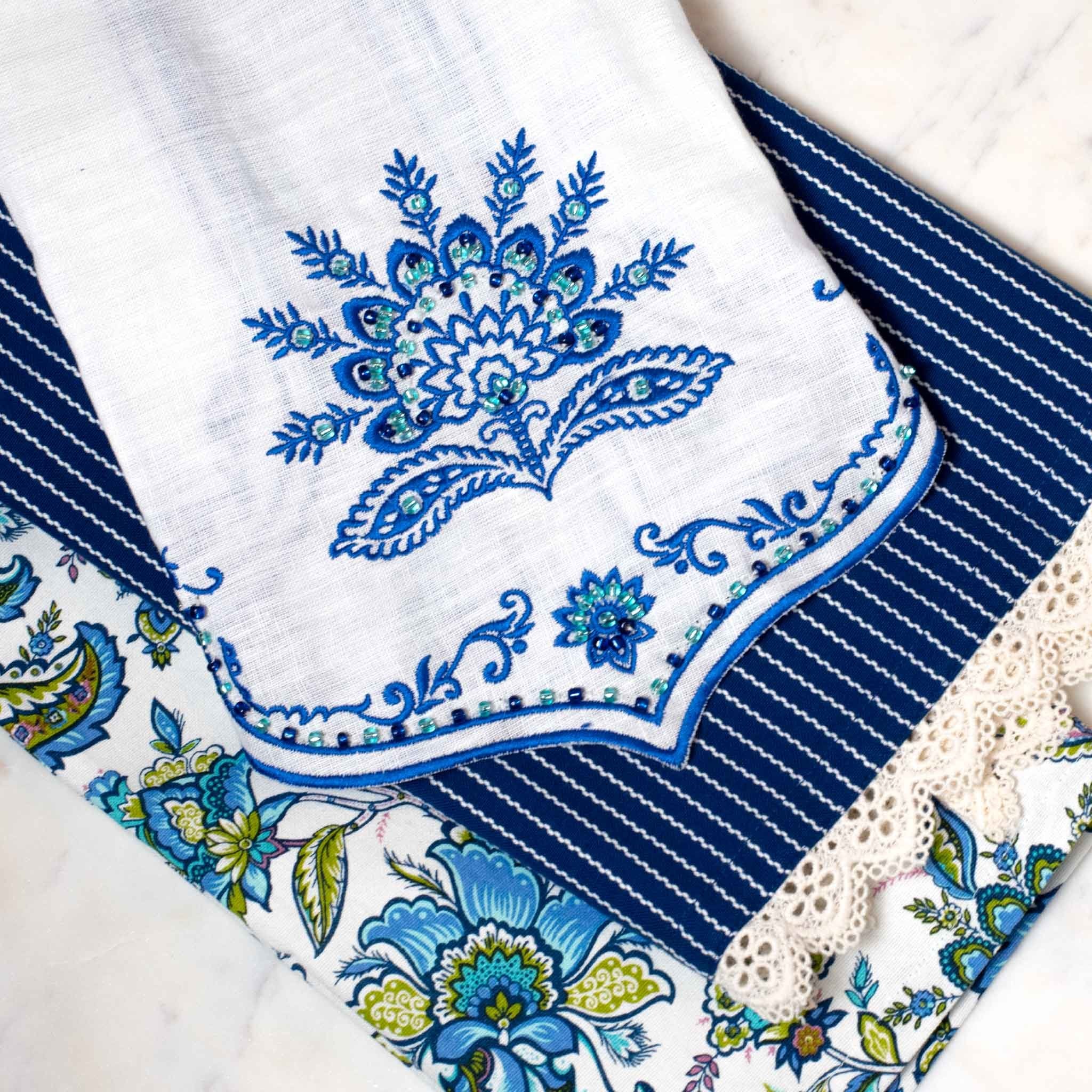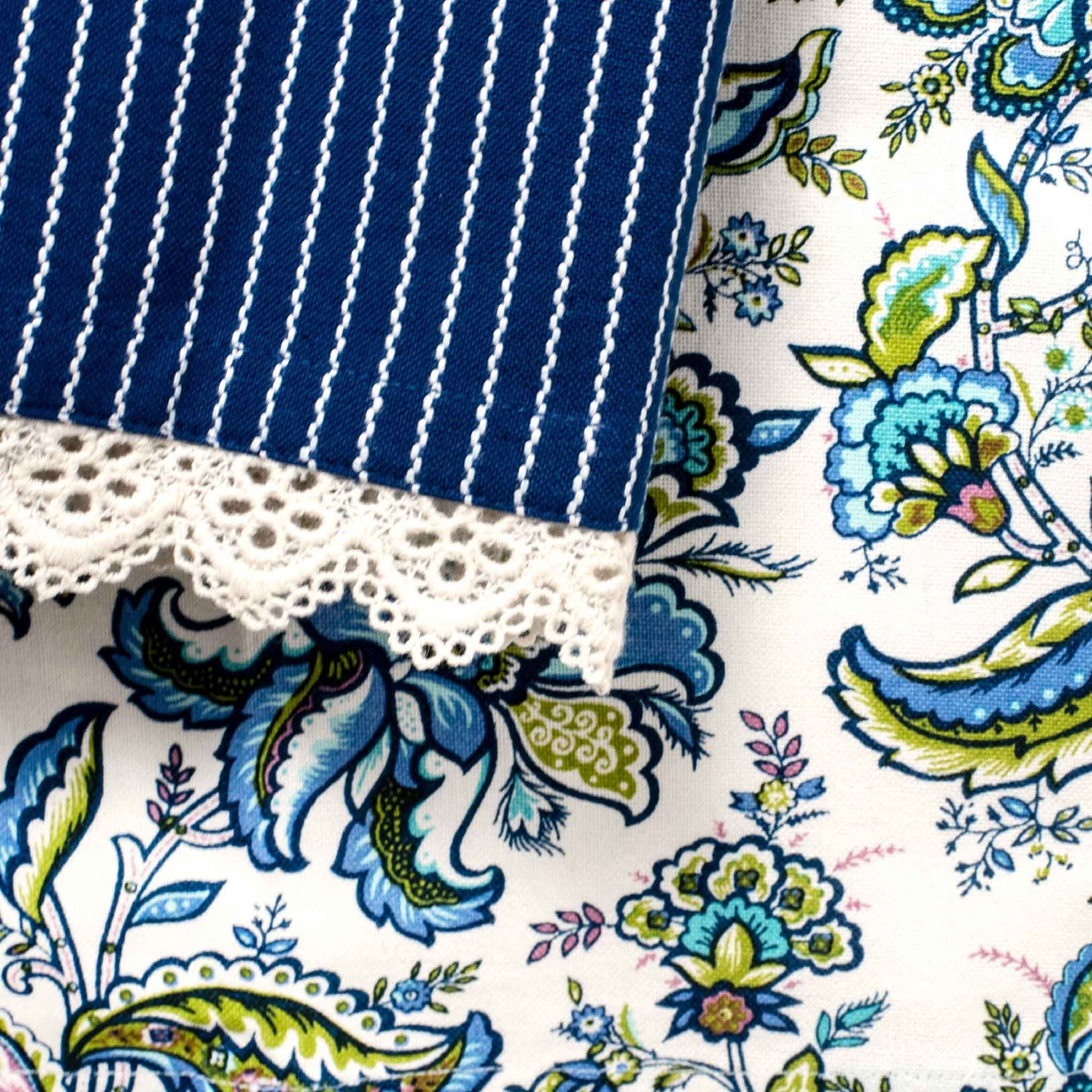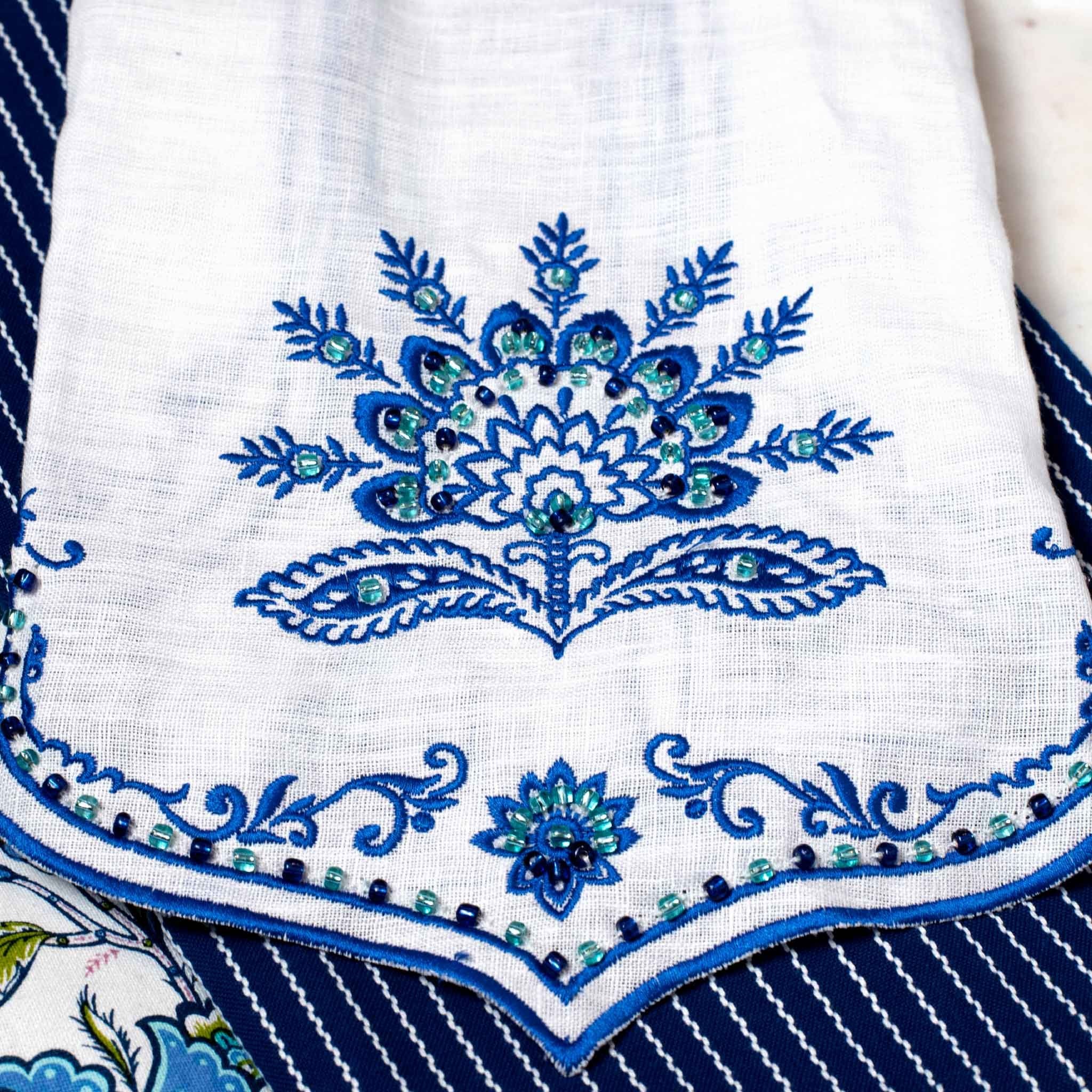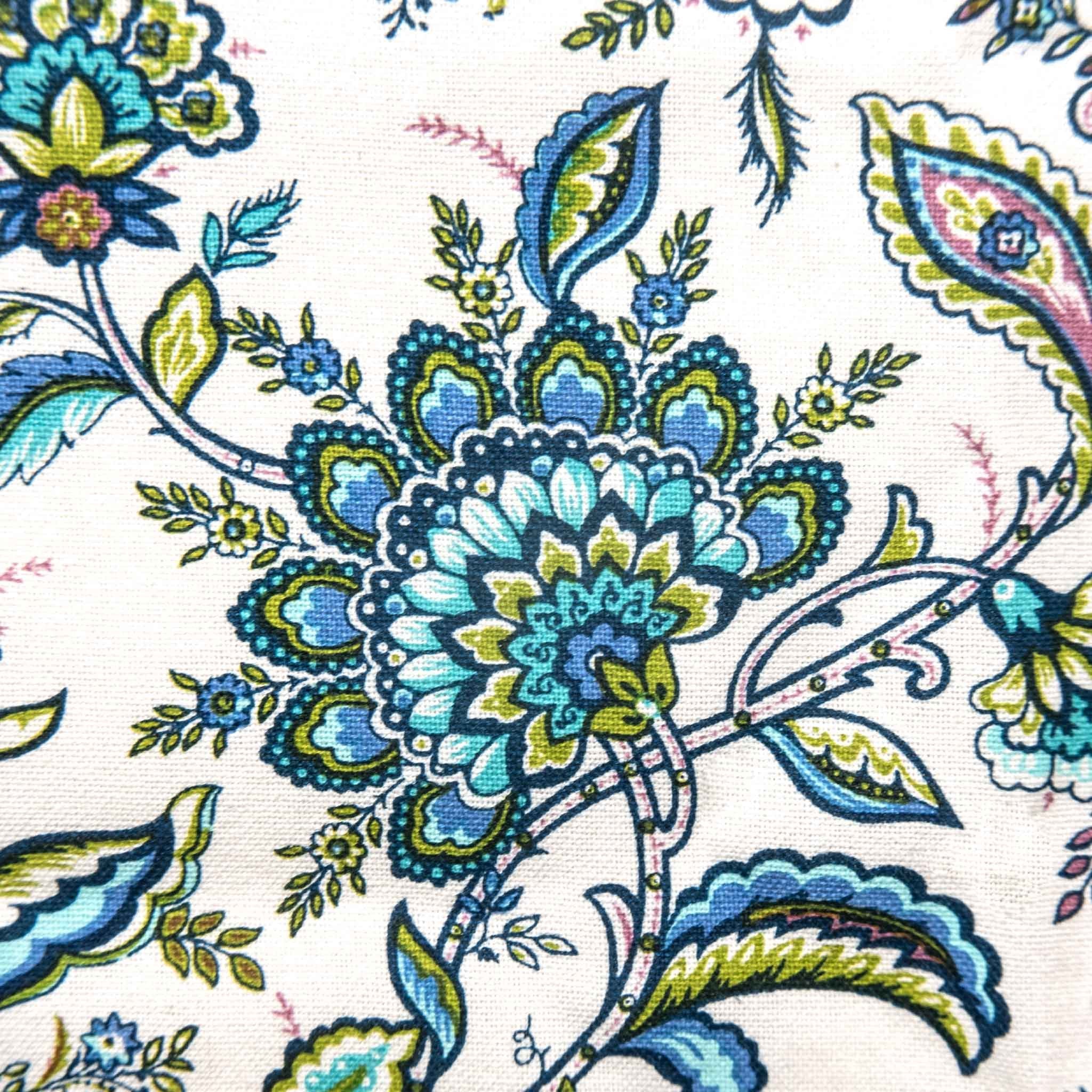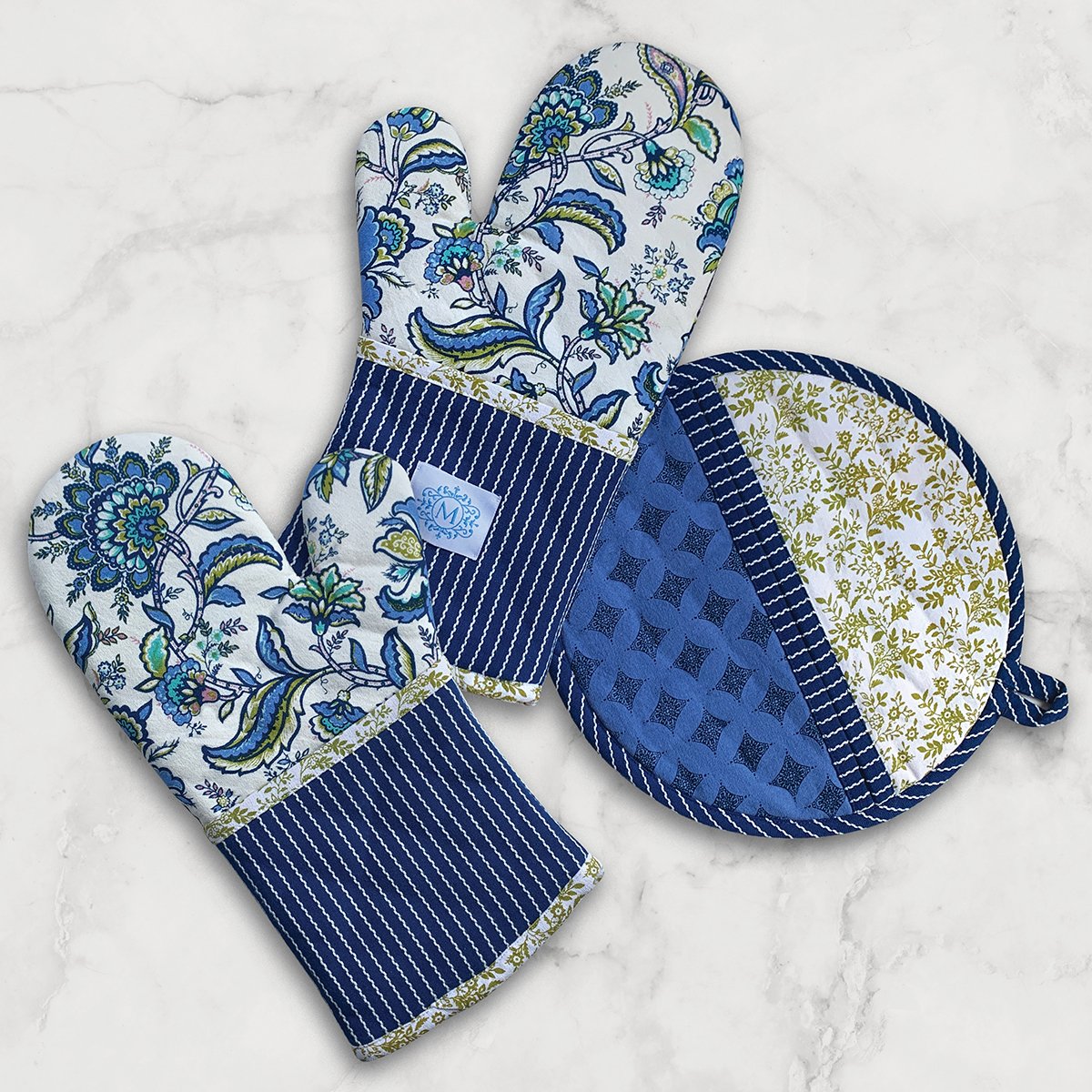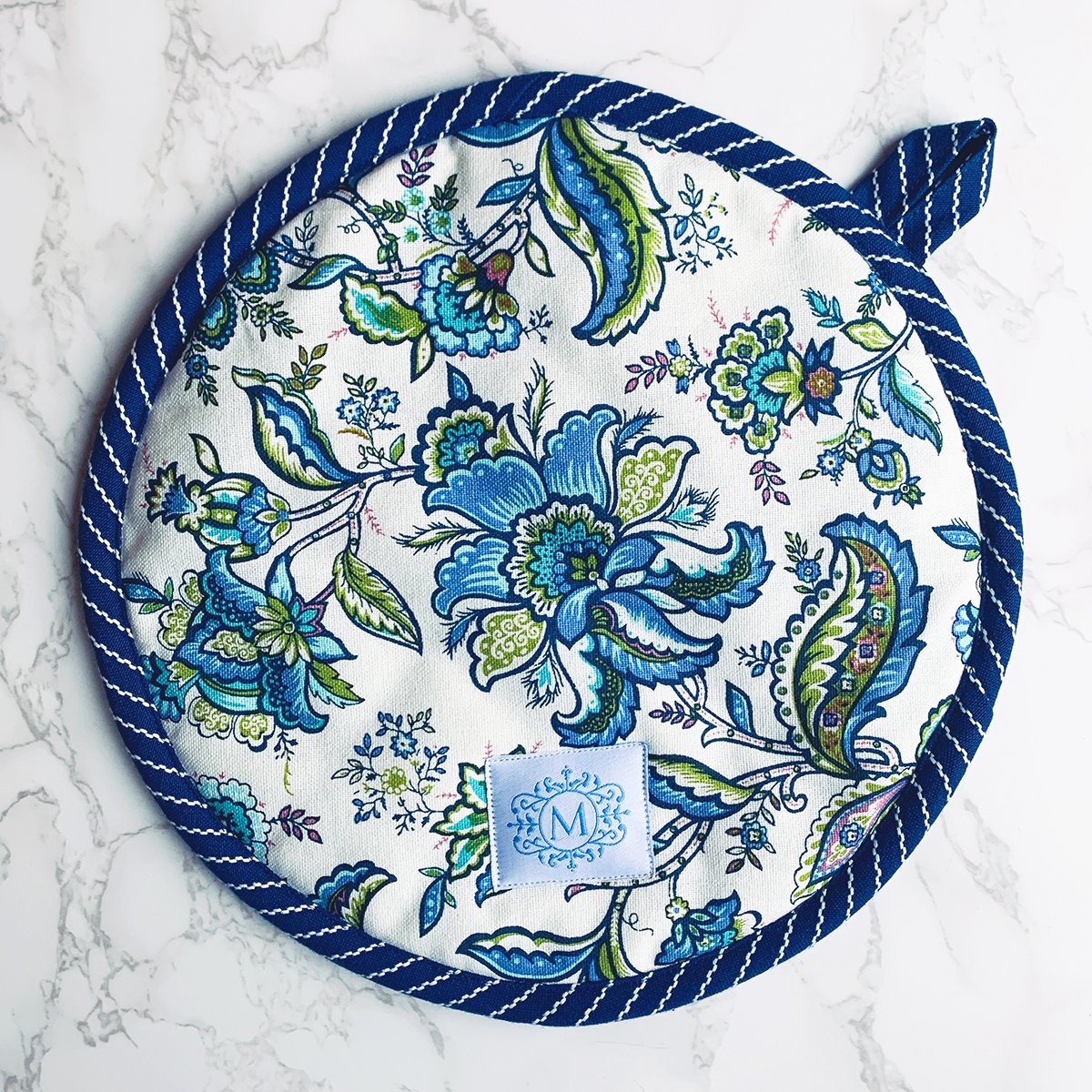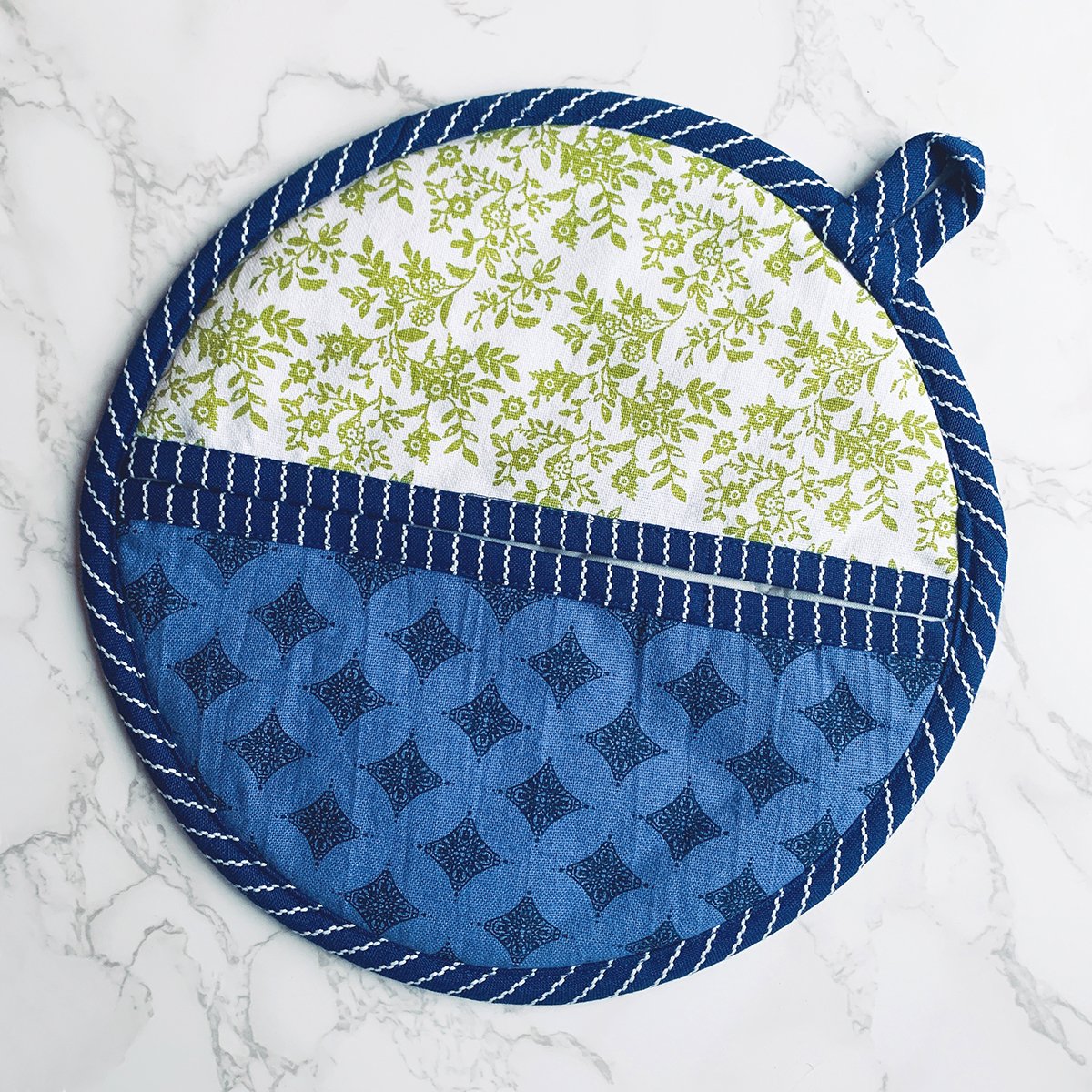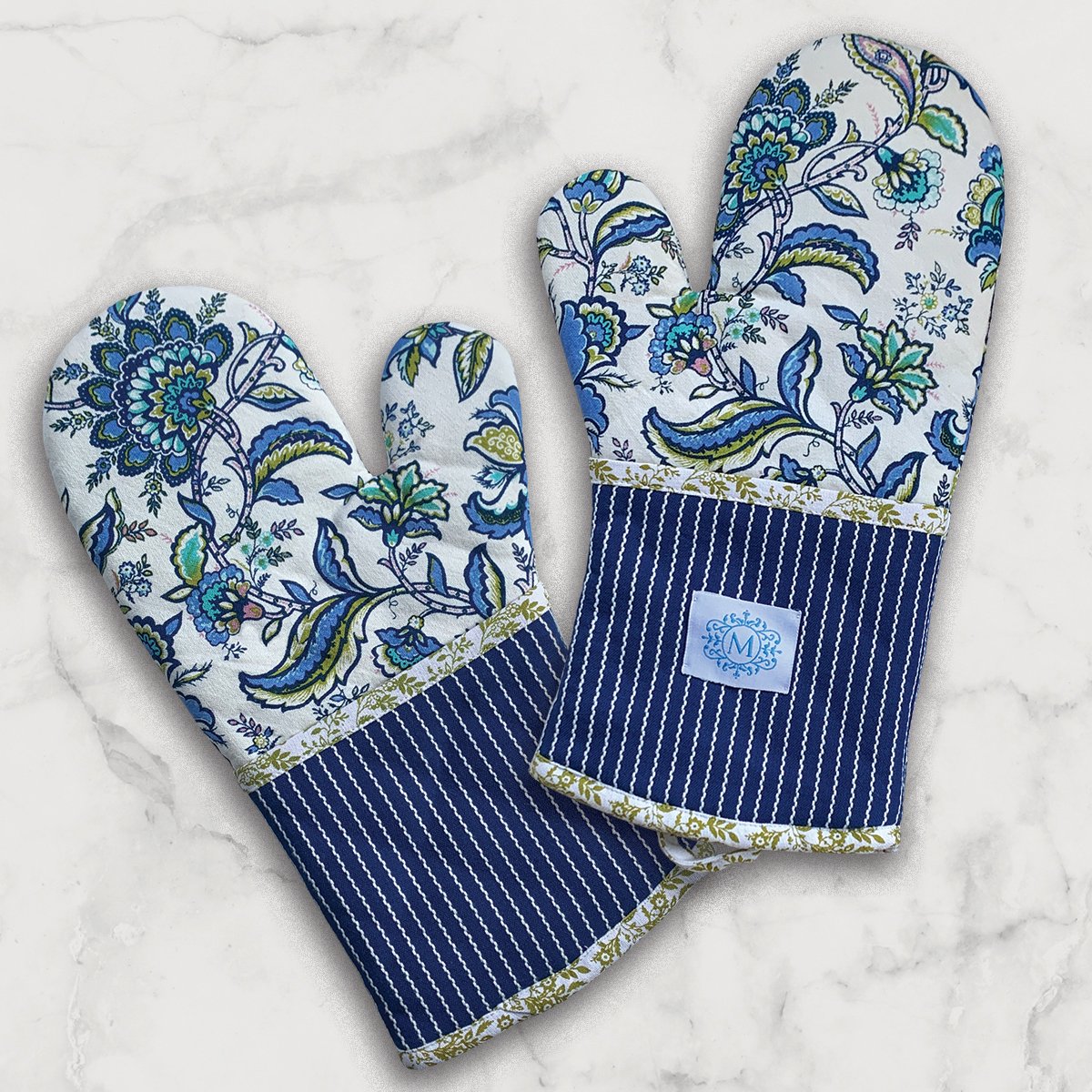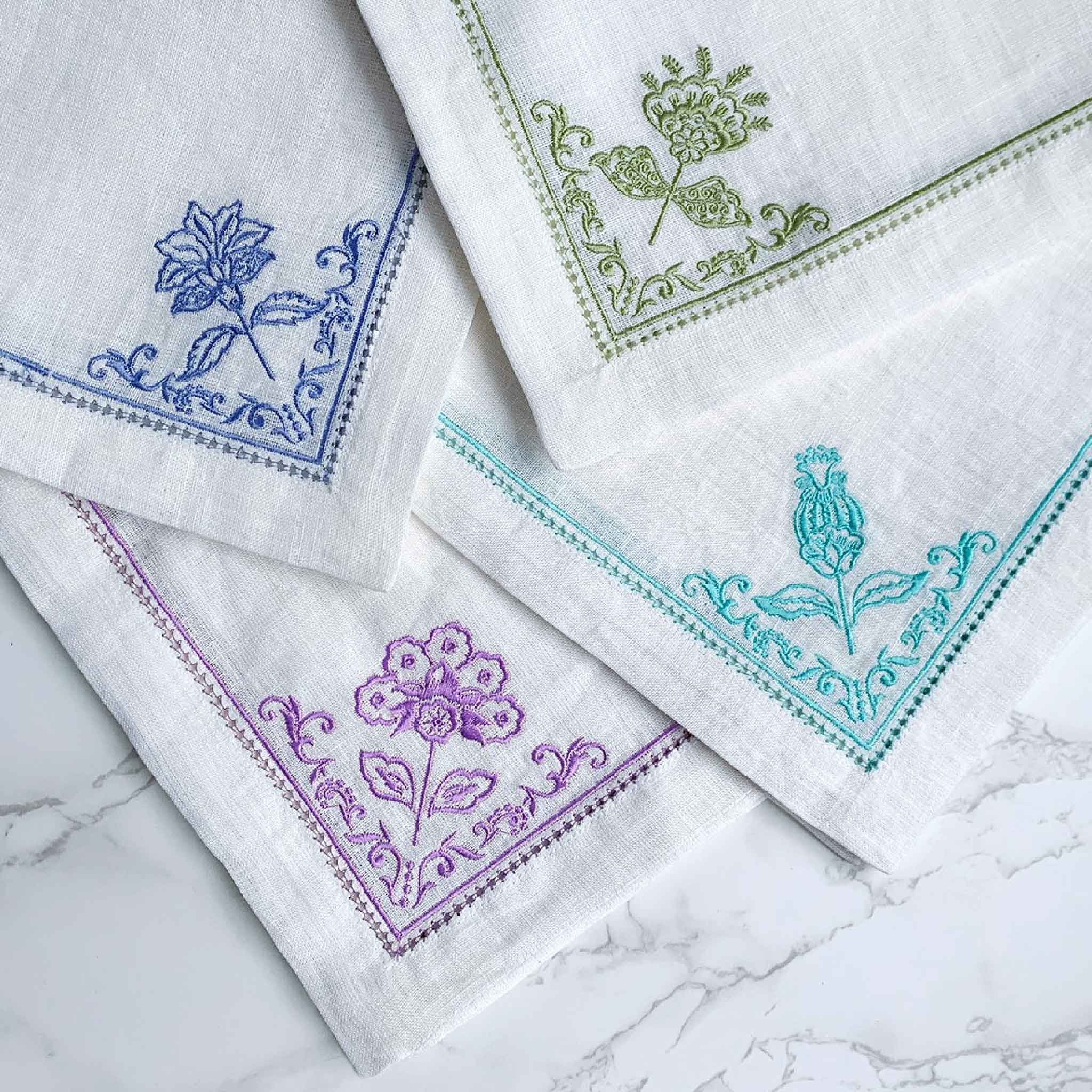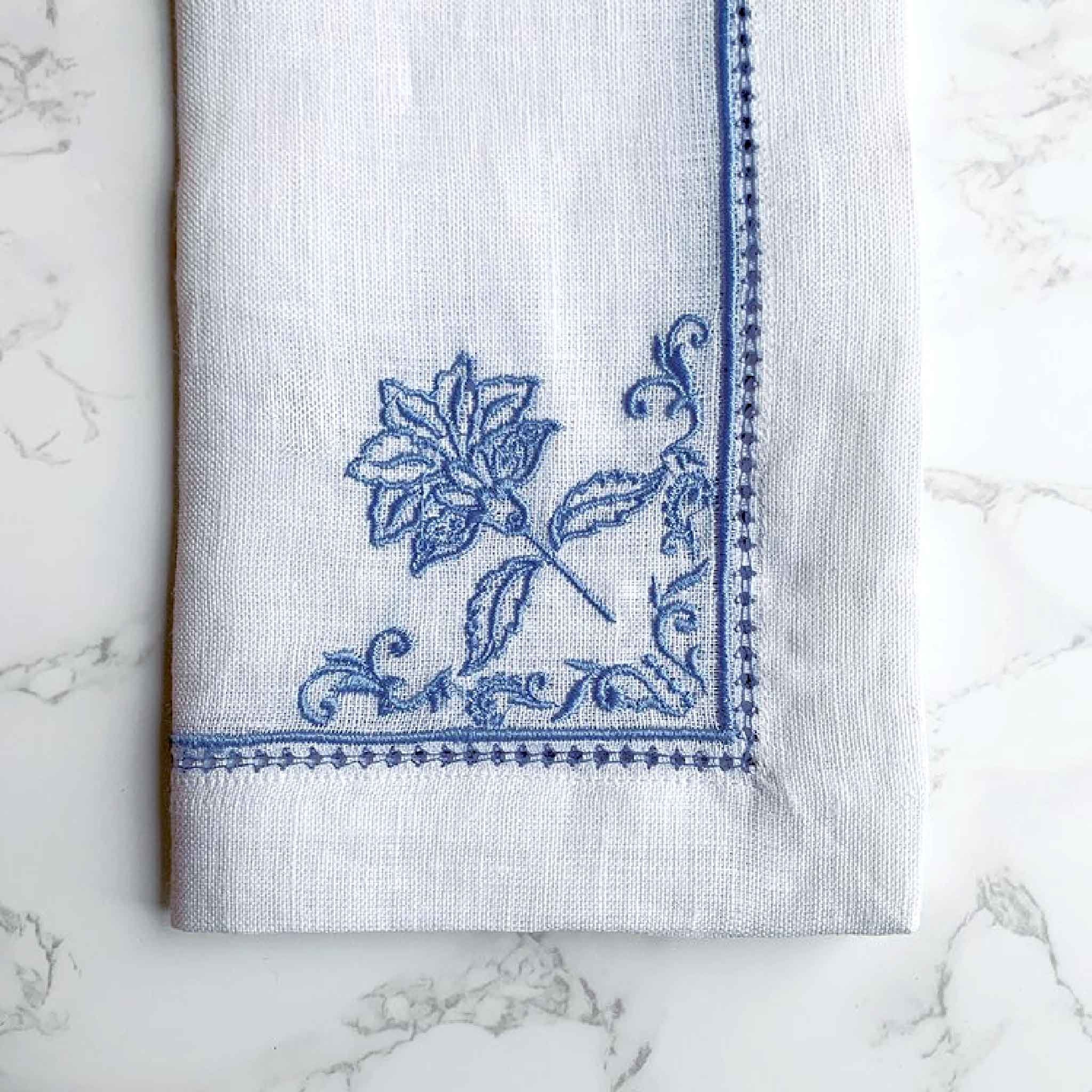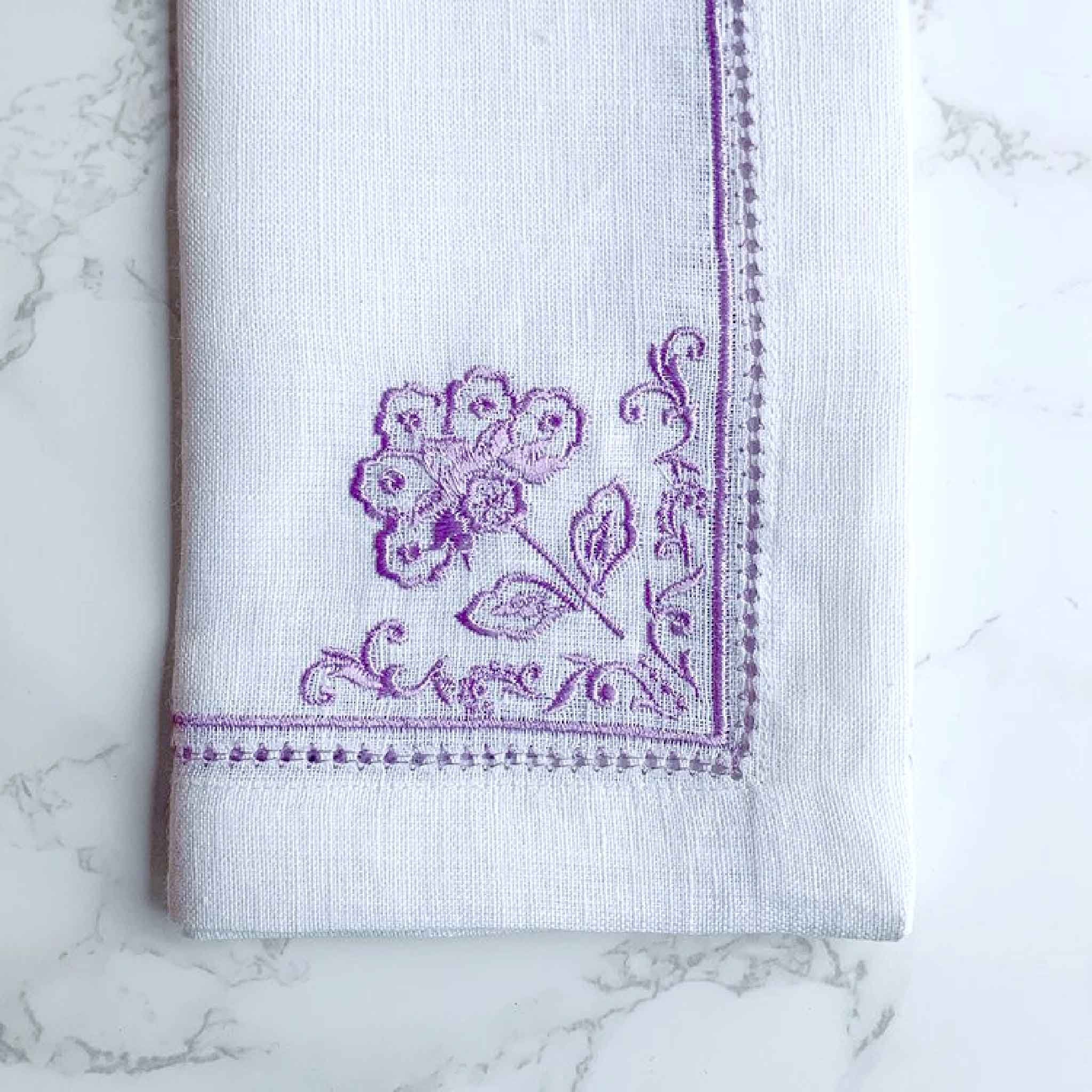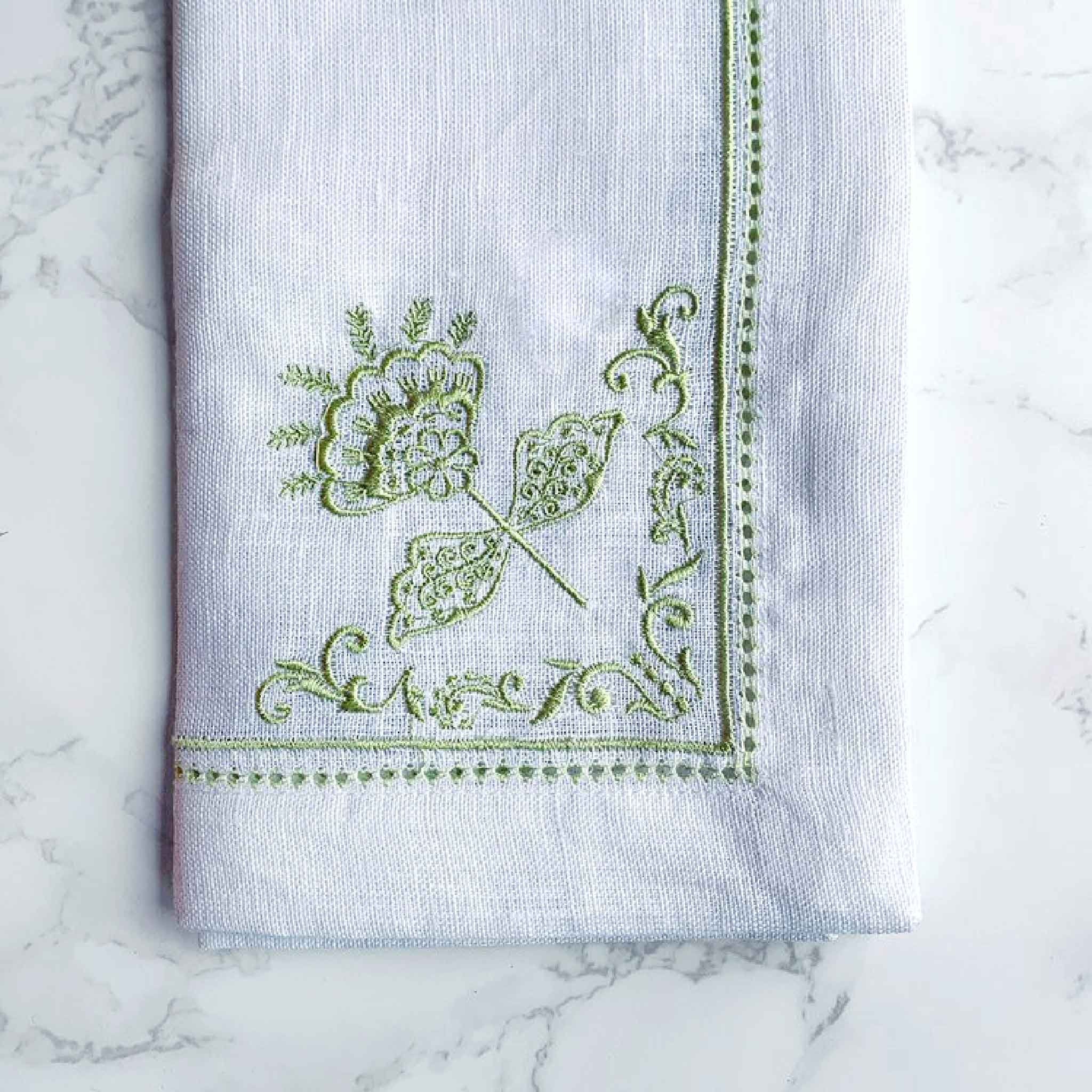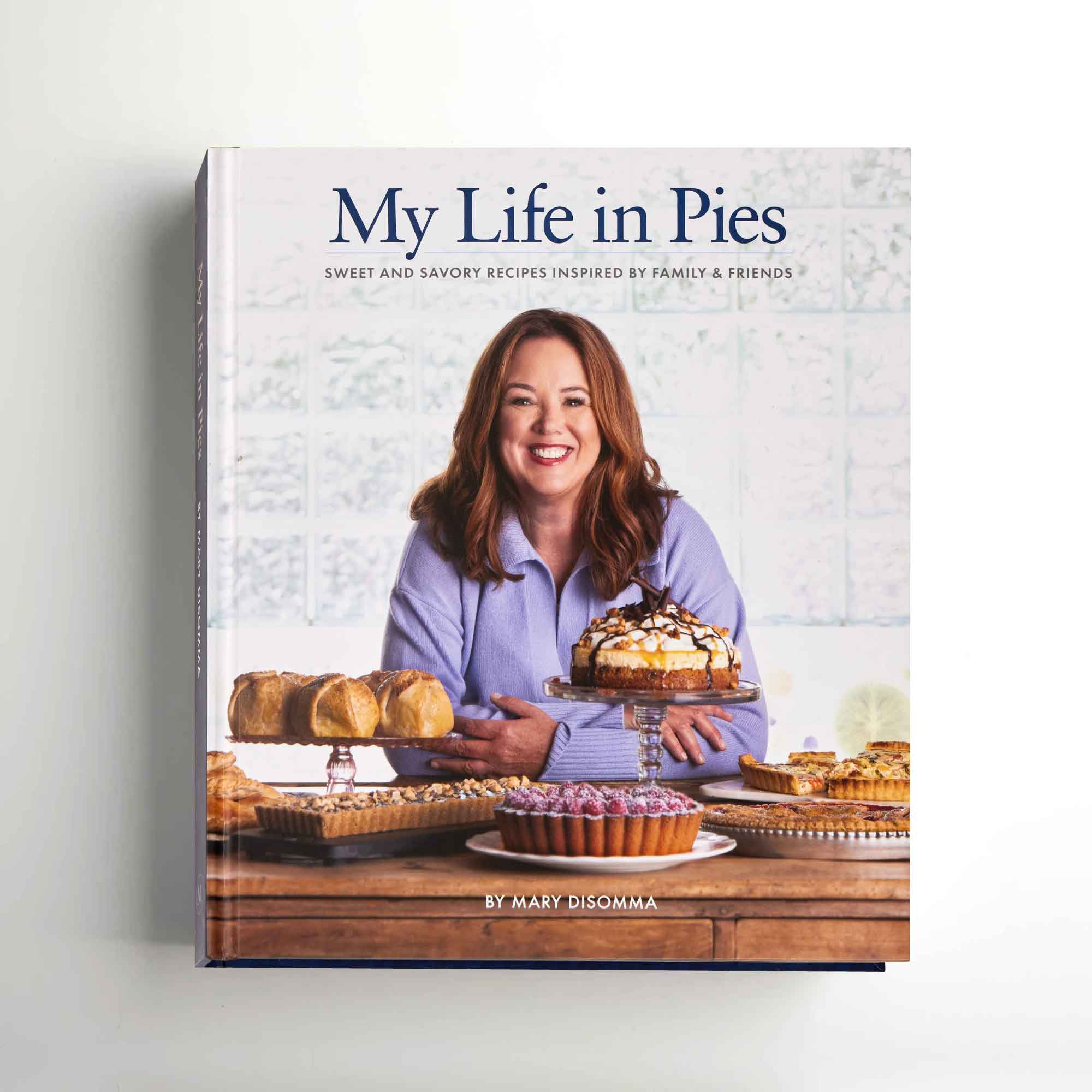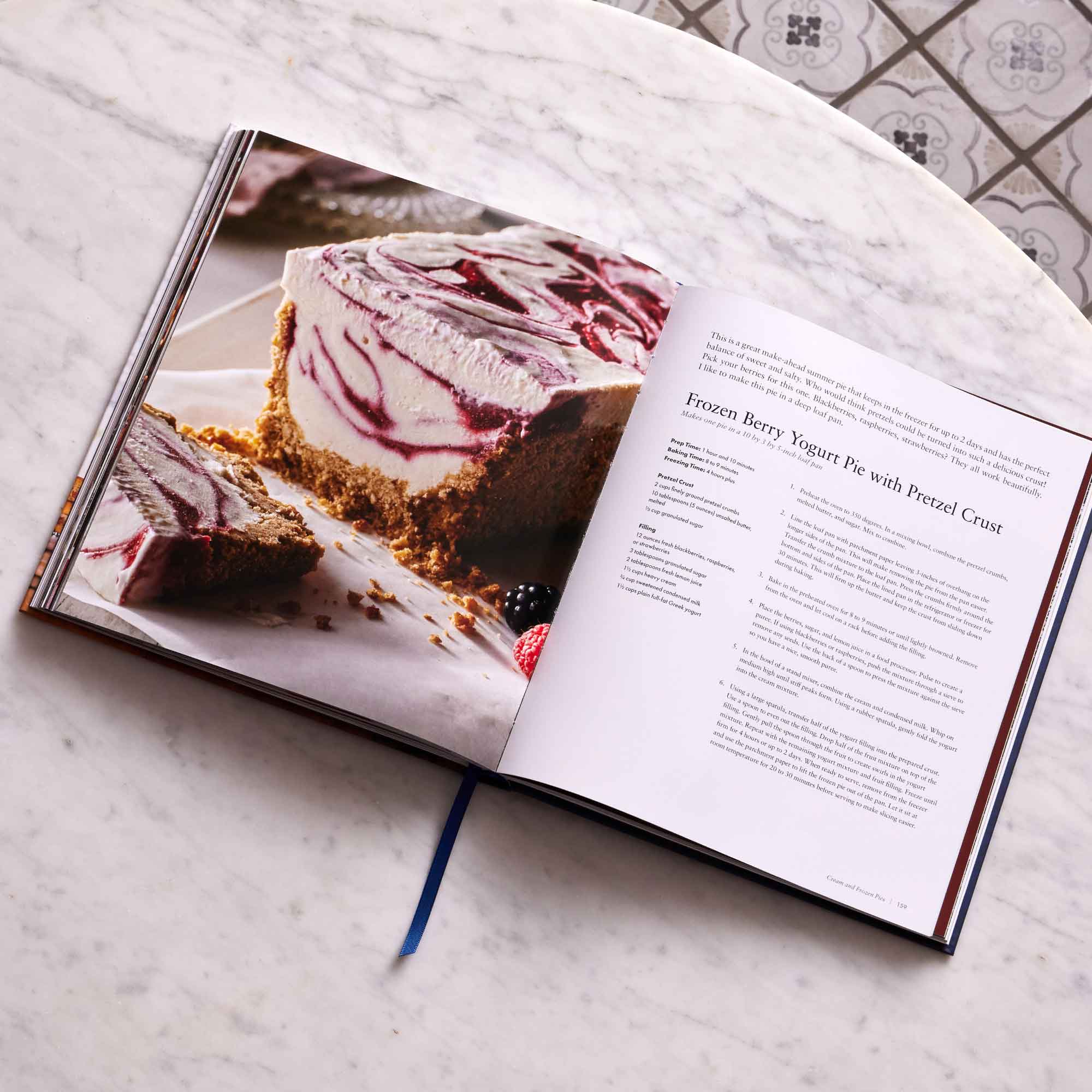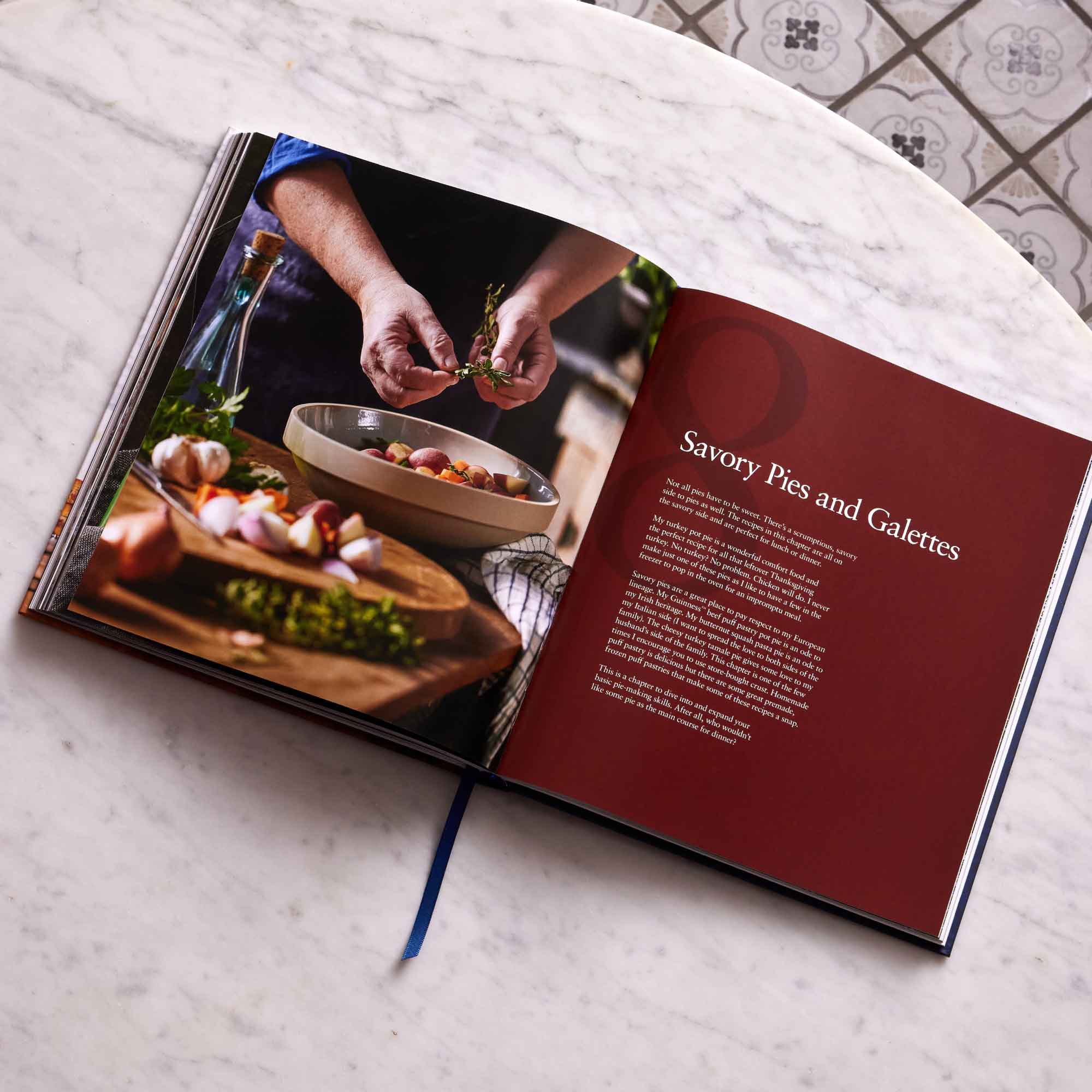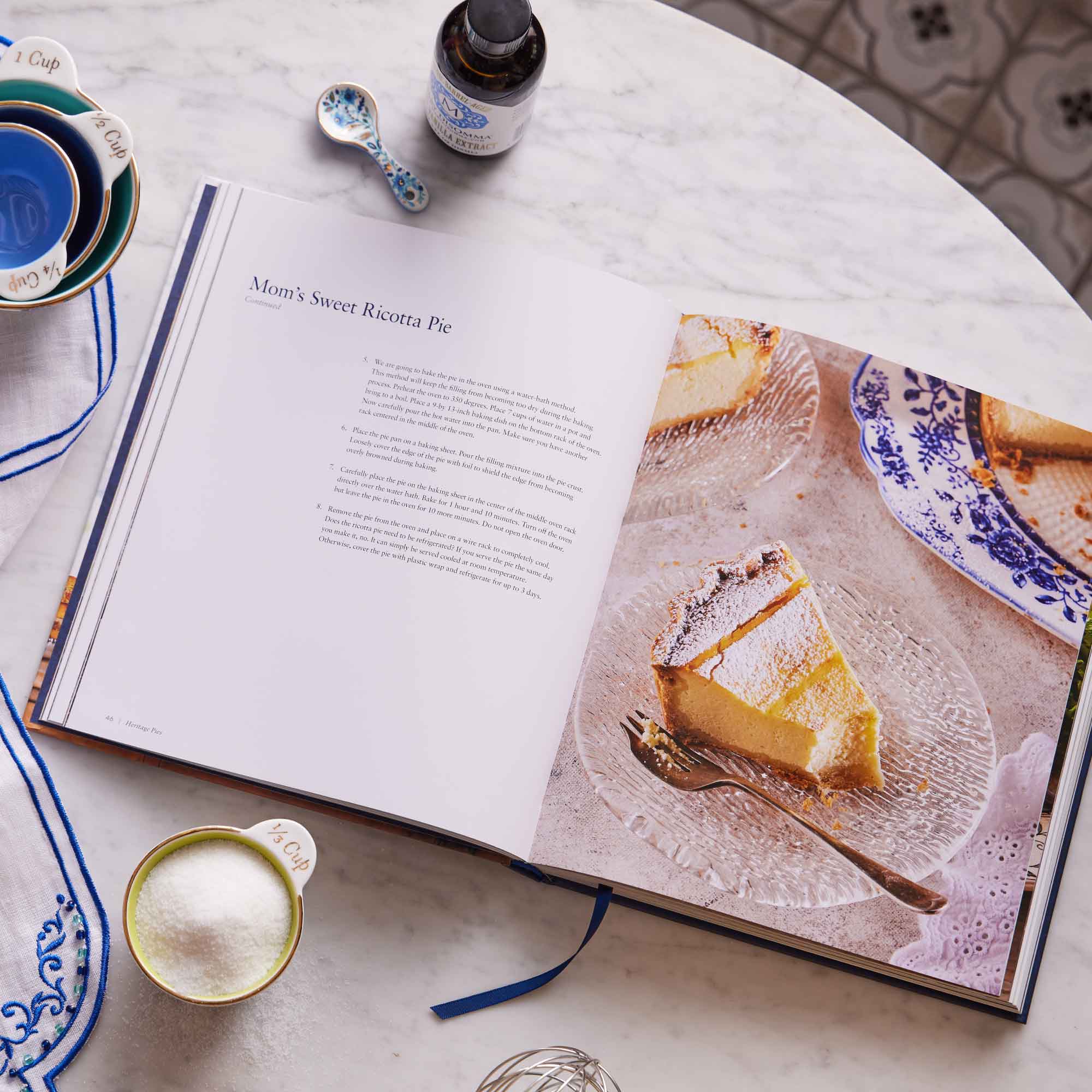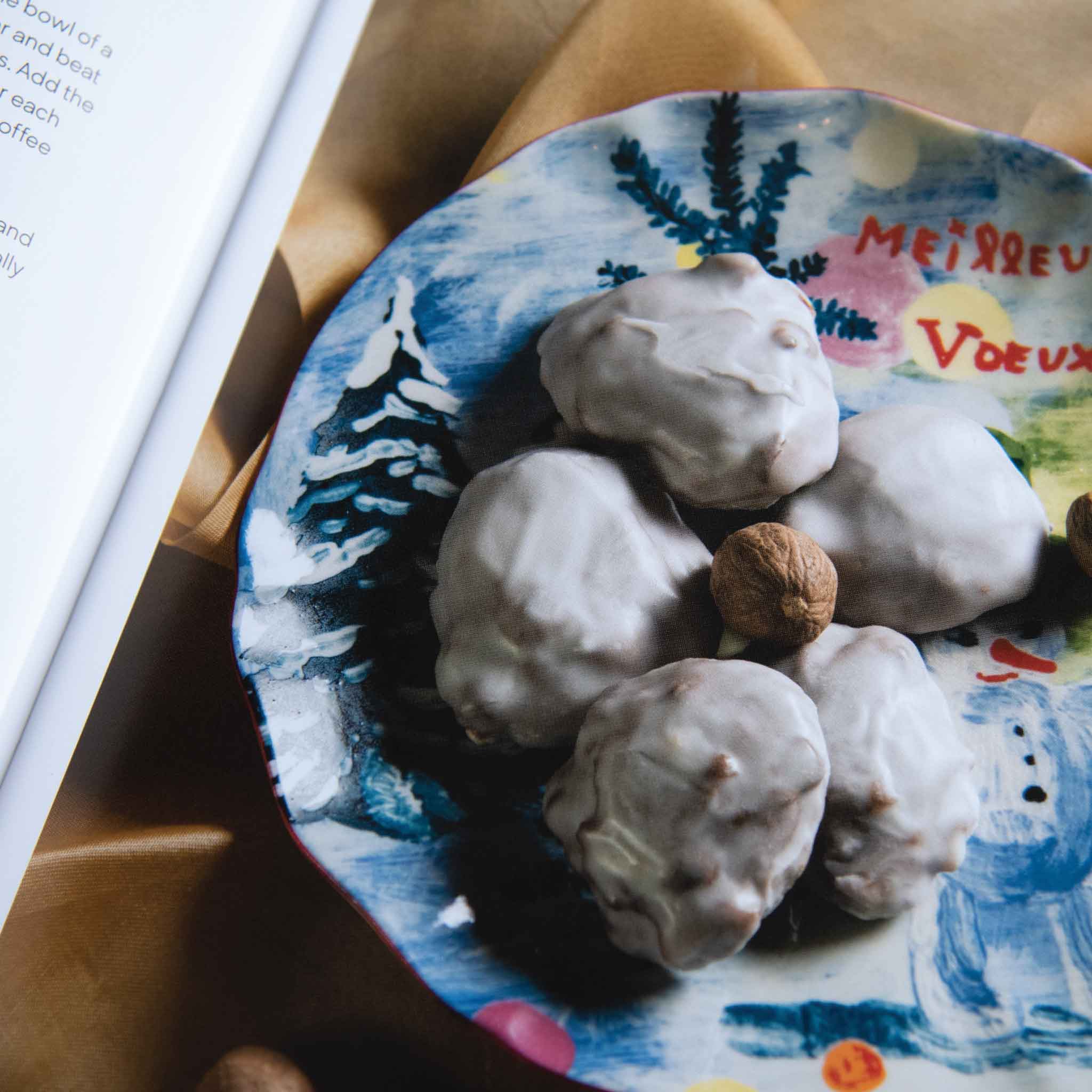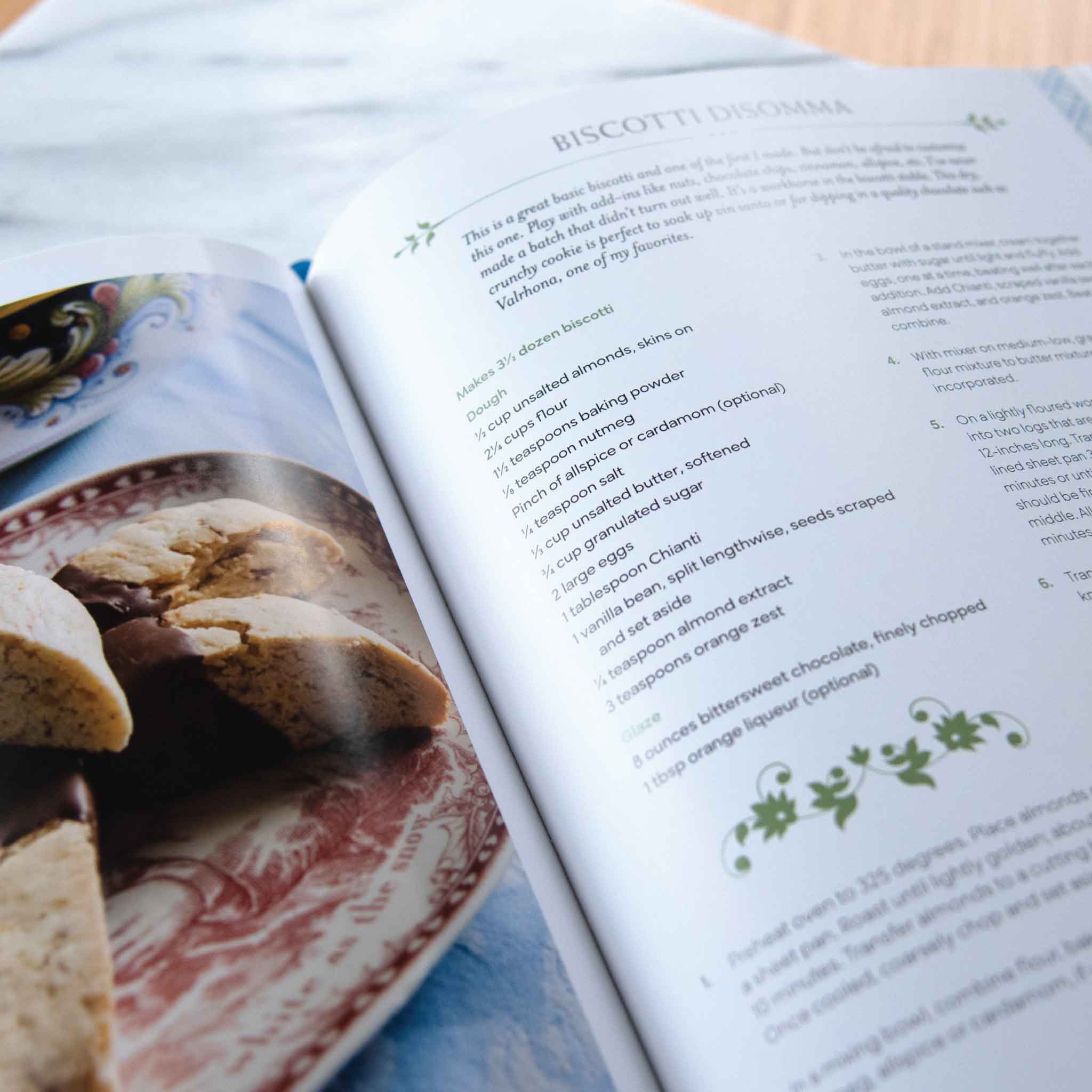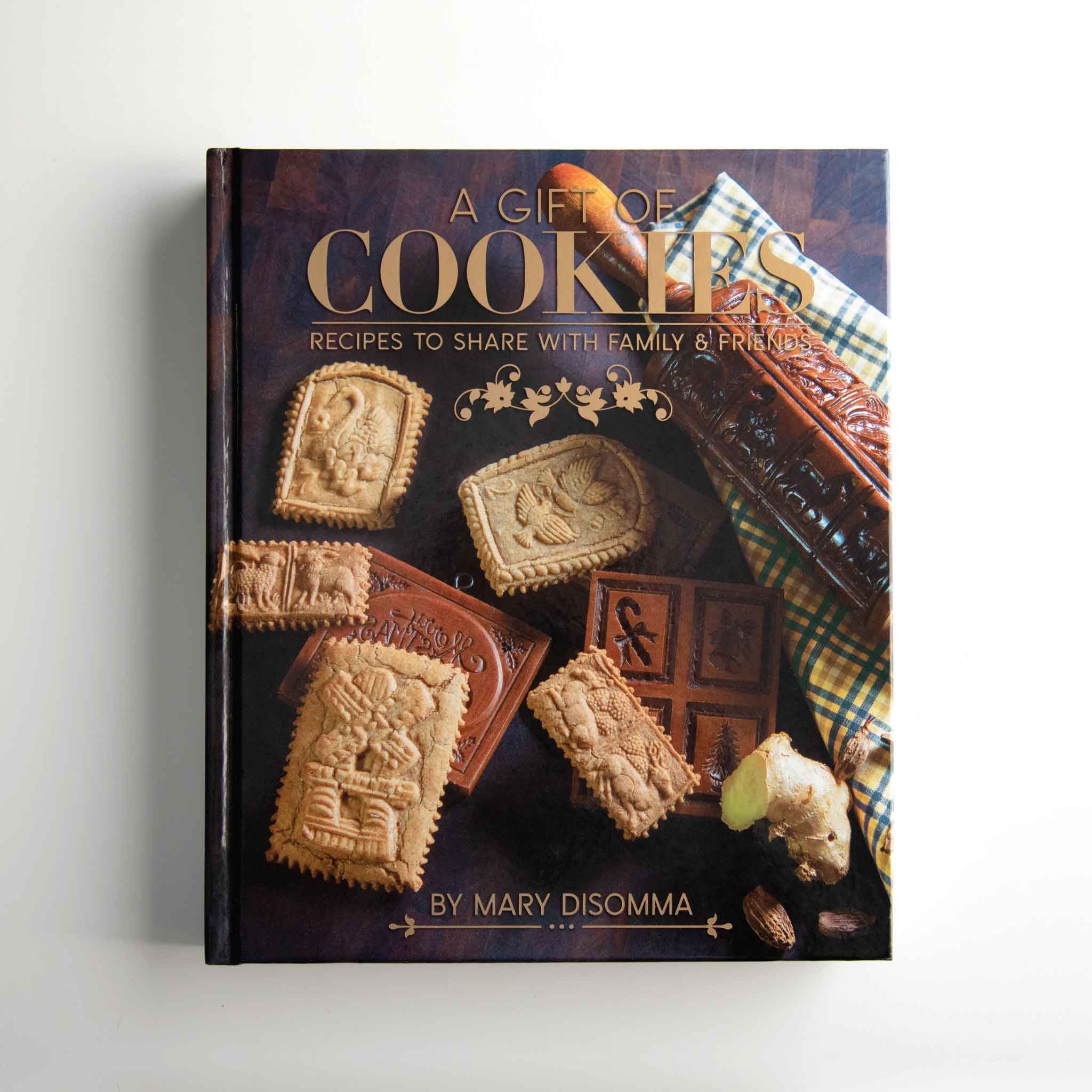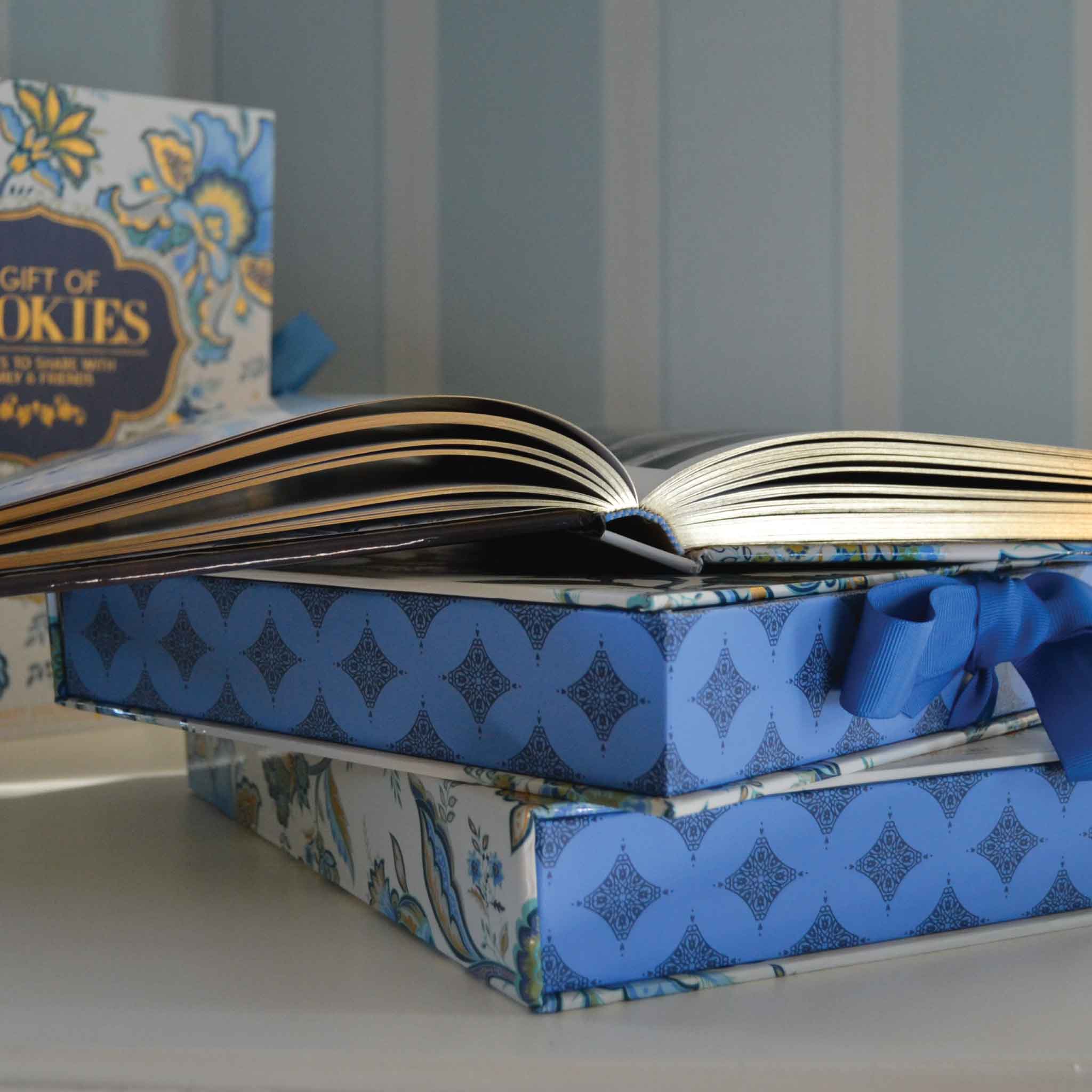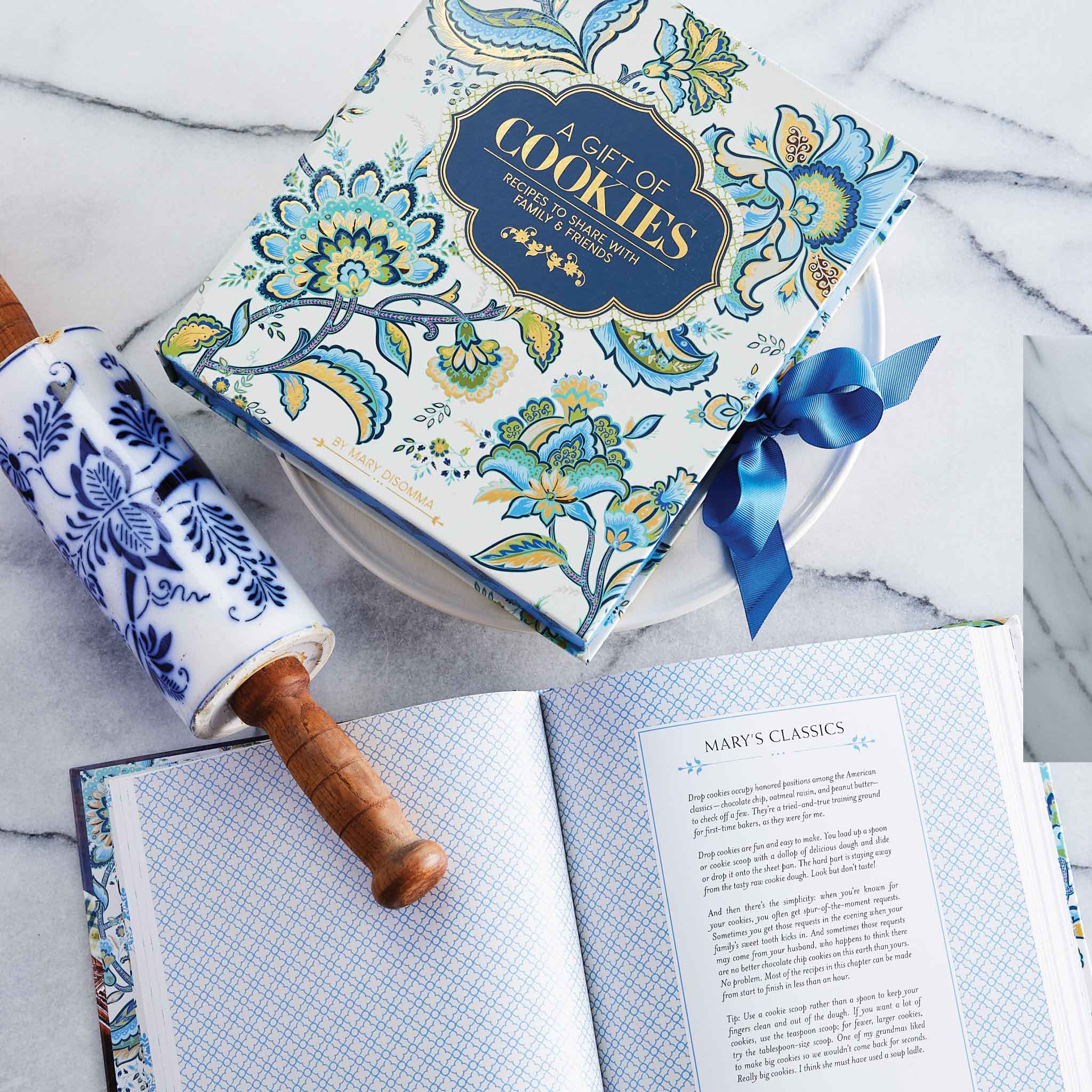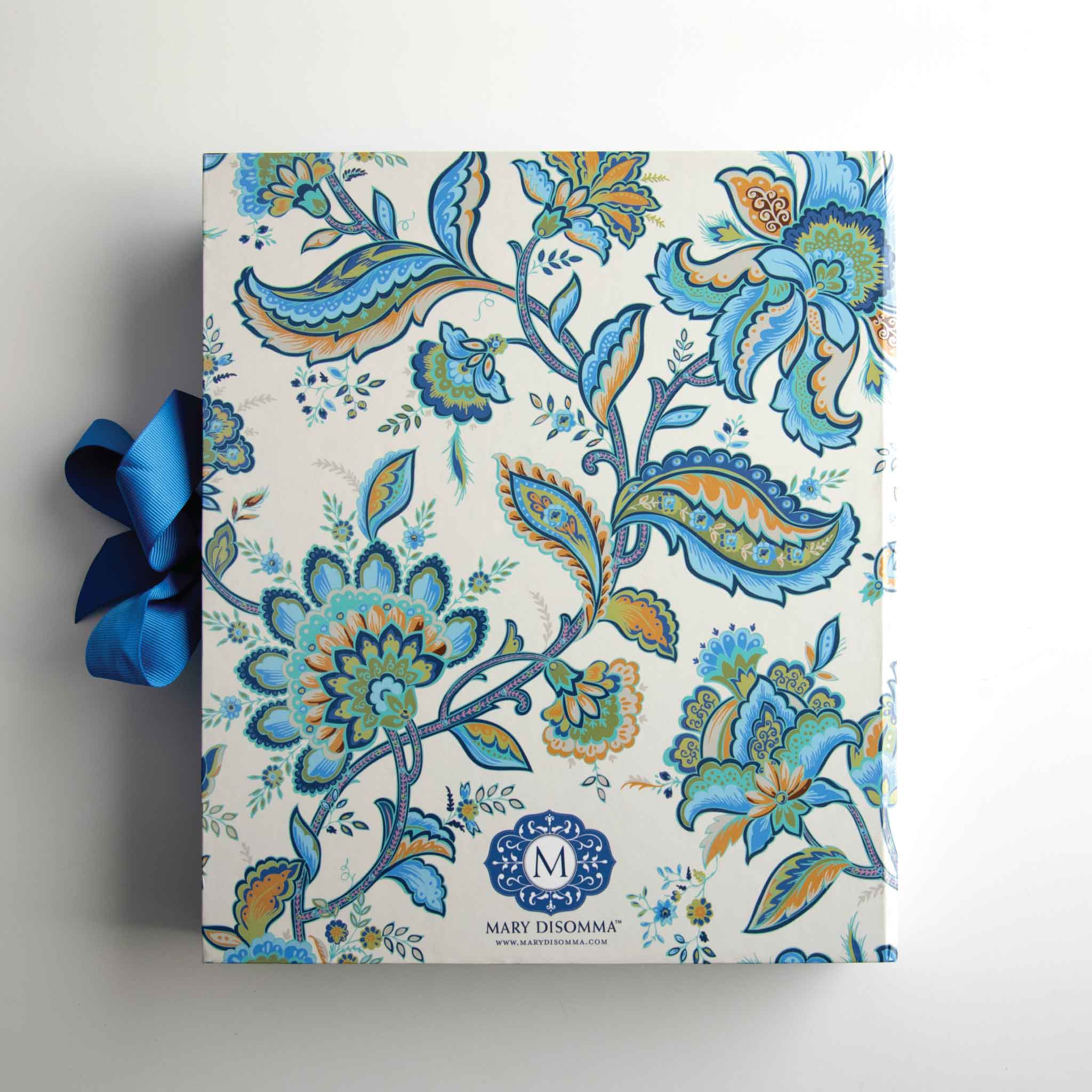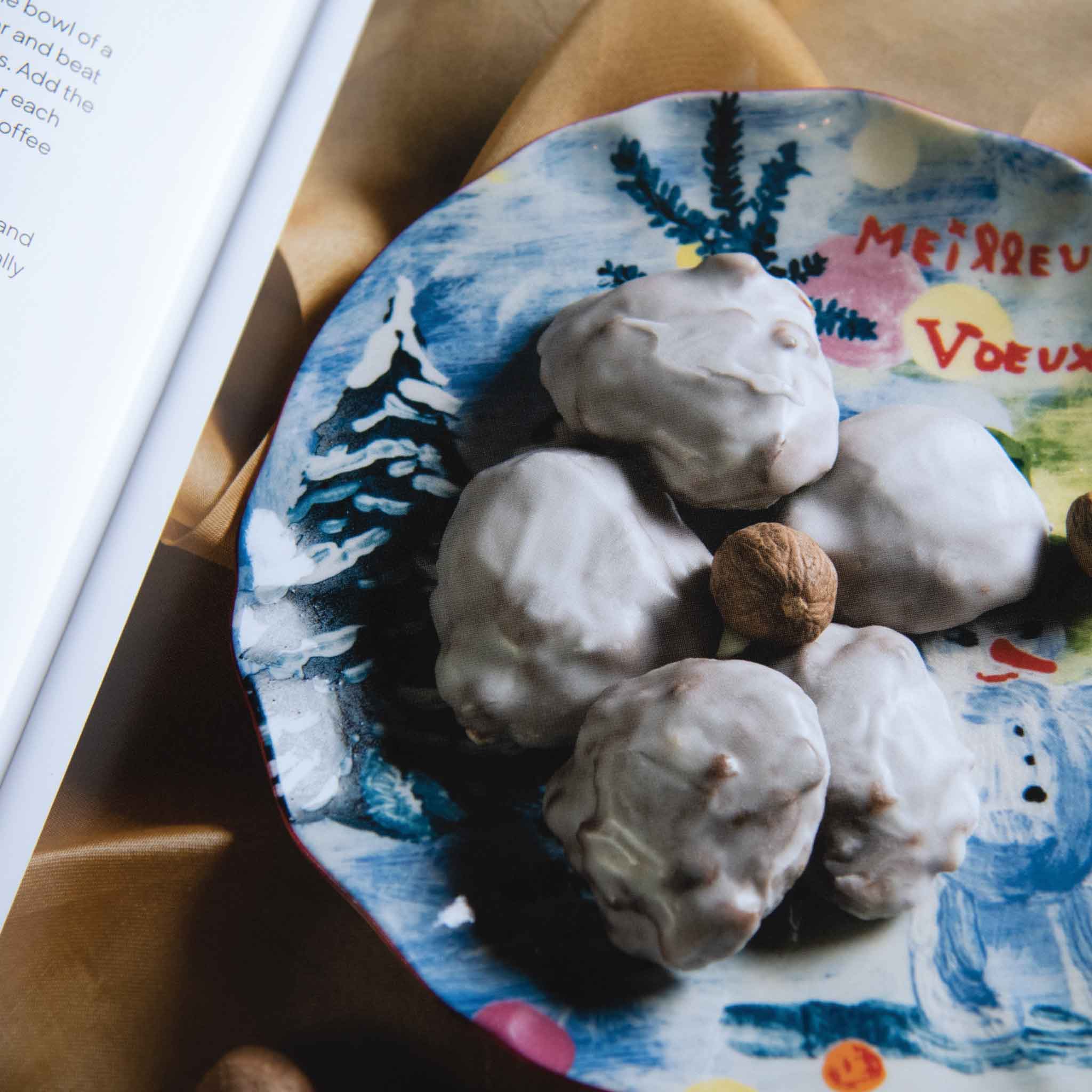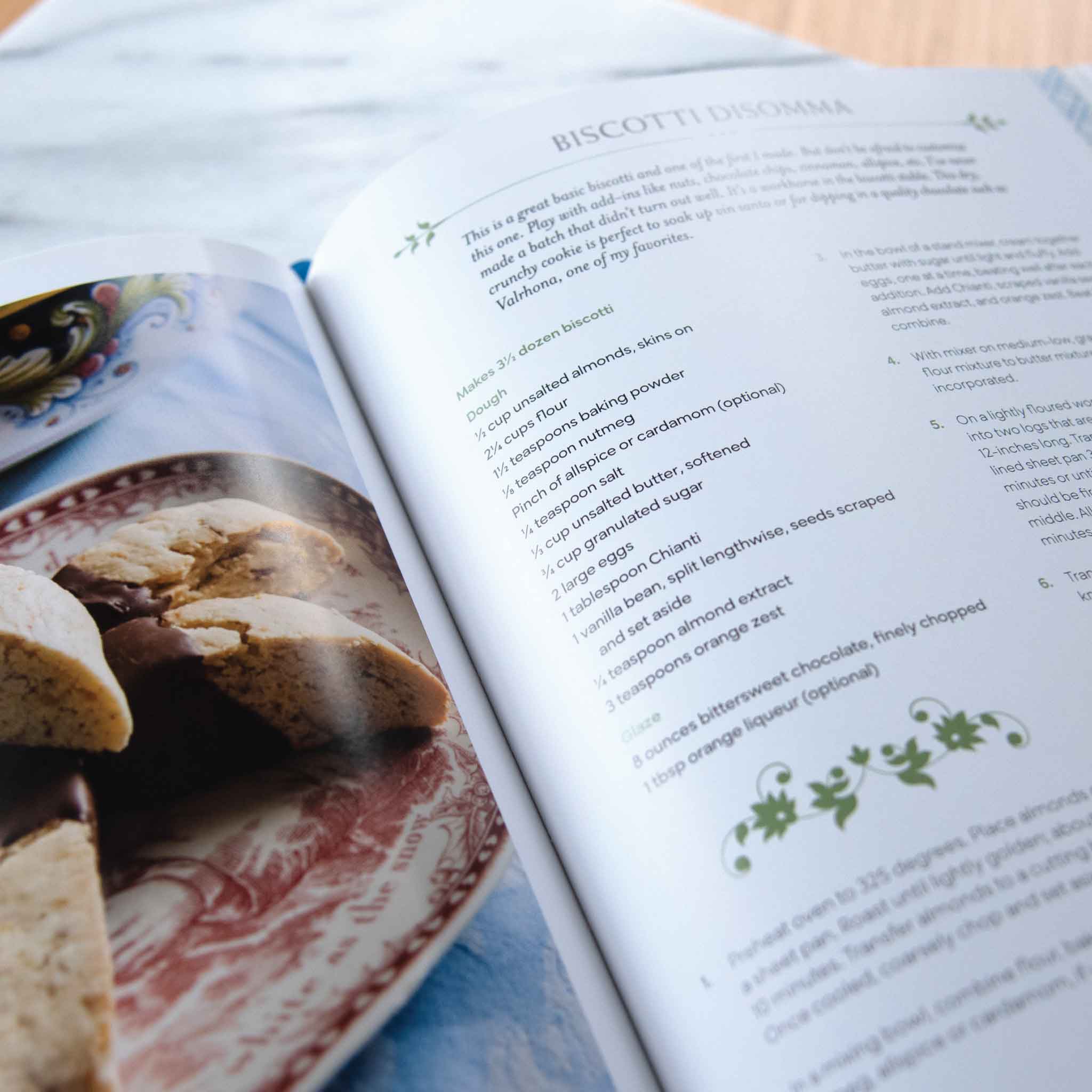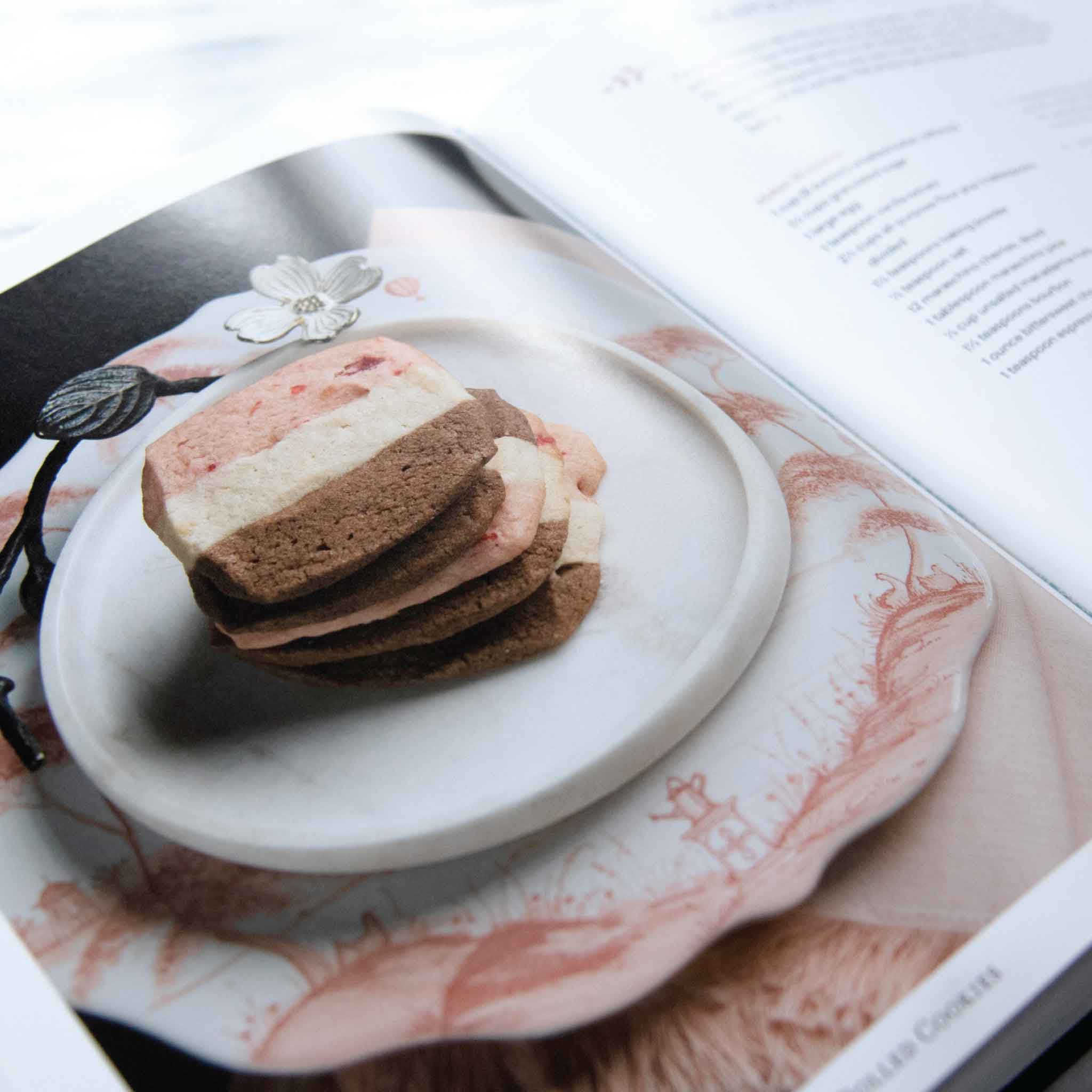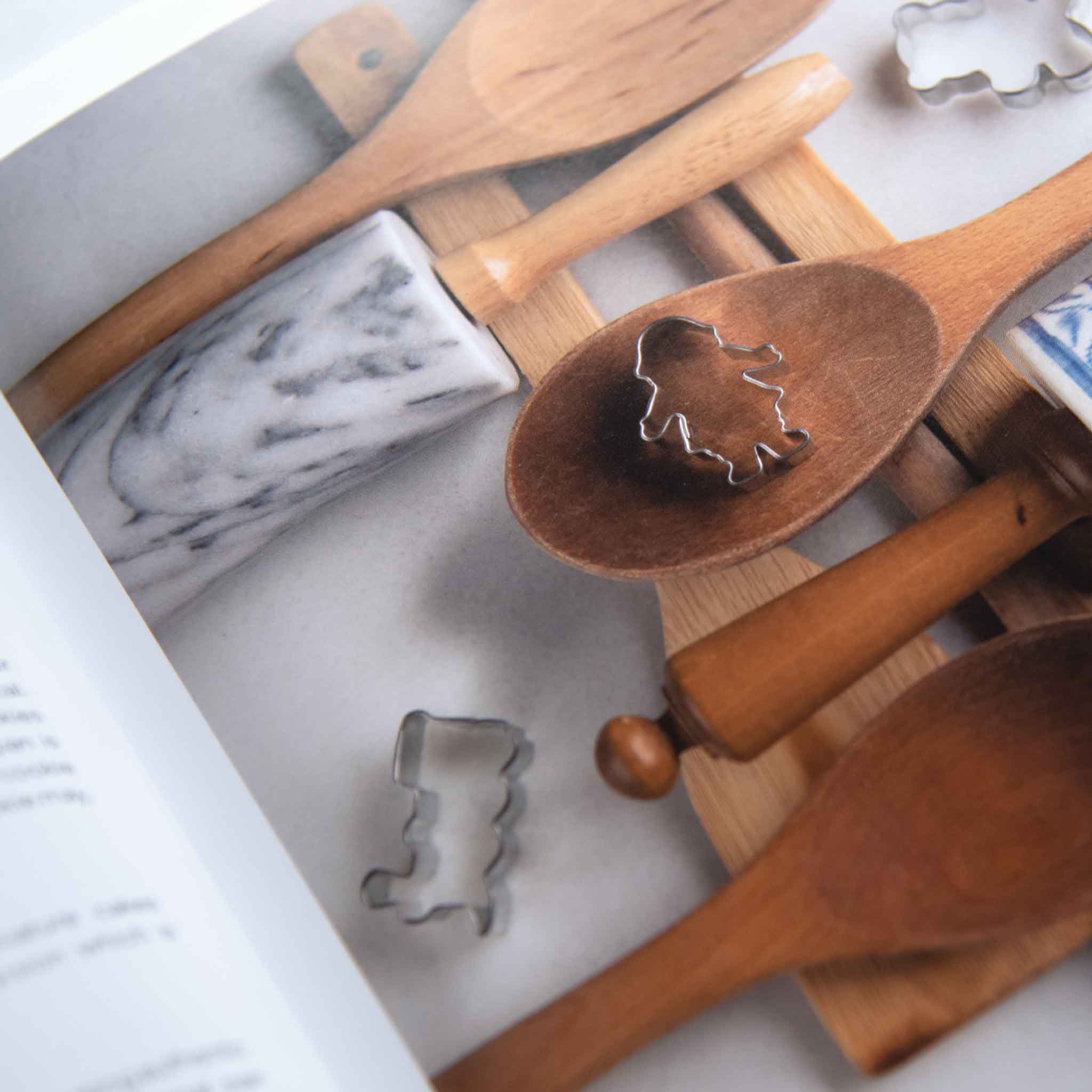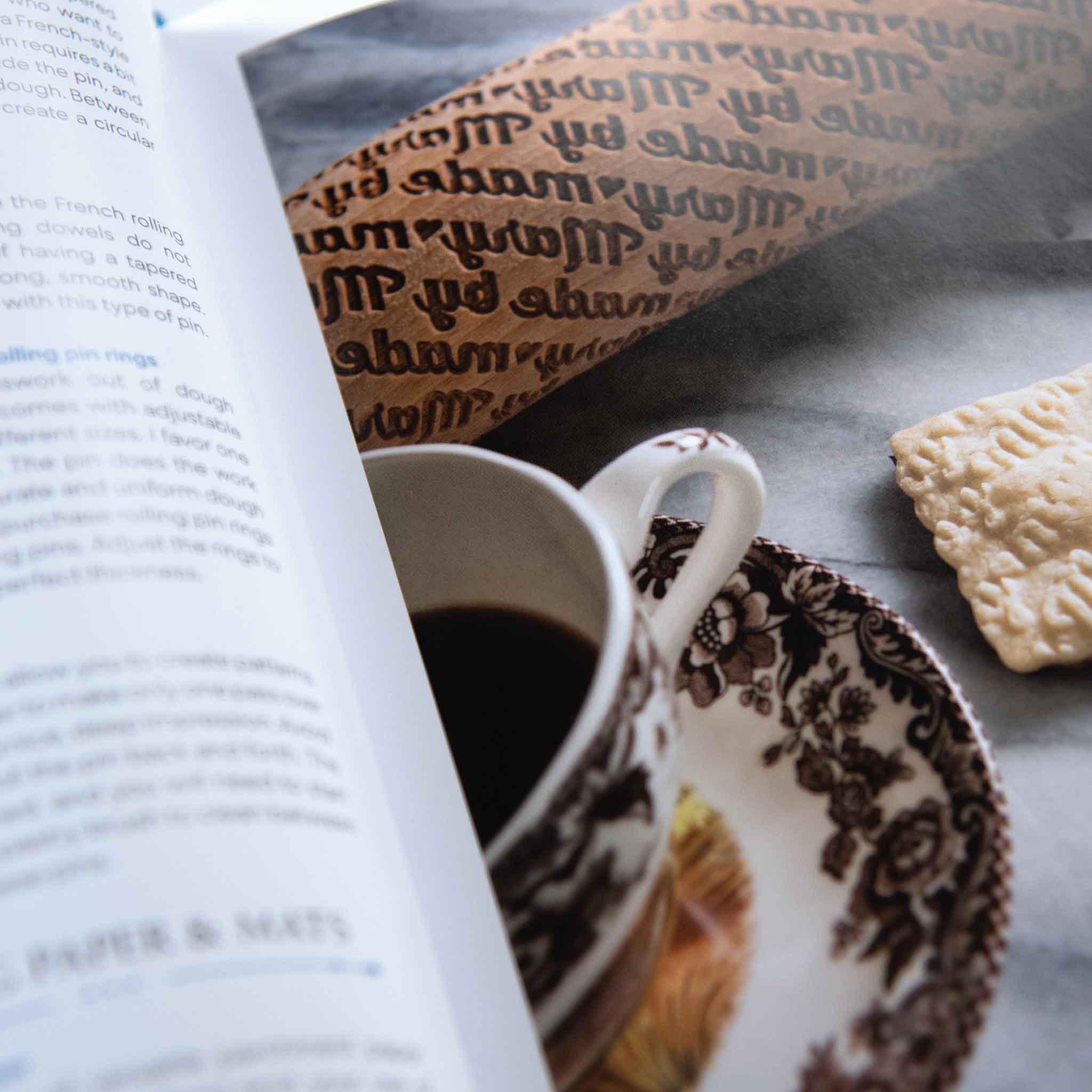When my cousin Joey proposed to his wife in front of the Eiffel Tower, of course Lauren said, “Yes!” It wasn’t long before they asked me to be in charge of their wedding dessert table, and my daughter Madeline suggested that I make macarons… hundreds of macarons… in honor of Joey’s Parisian proposal. I’d never done a macaron before, but I’m not one to shy away from a challenge, especially if it’s cookie related!
If you want to really master the macaron, I highly suggest picking up a copy of my cookbook, A Gift of Cookies: Recipes to Share with Family and Friends. I really break it down in the cookbook—plus, all the proceeds go to children’s charities!

Why vanilla? Vanilla is the classic base for every macaron flavor you could ever dream of!
Once you’ve mastered the vanilla (which is delicious all on its own, by the way), you can branch out into the vast world of macaron flavors. The possibilities really are endless! I highly recommend saving this Pumpkin Spice Macaron recipe for fall… And for Christmas, you can make Gingerbread Buttercream Macarons (bonus: learn how to build your own macaron tower).



How to Make the Perfect Macaron Shell
This is my “go-to” all-purpose macaron shell recipe. The vanilla buttercream filling isn’t included this time, but you can use this recipe with just about any macaron filling. I personally have a separate recipe for chocolate macarons, but that’s a story for another day! Make sure to grab a copy of my cookbook to learn how to make macaron fillings.
My macaron shell recipe is done in the traditional French way. It’s a great basic macaron recipe—and the one I always recommend for first-time macaron makers.






Pro tip: What kind of vanilla is best for macarons?
Because I use this with so many different macaron fillings, I don't use vanilla bean paste or a vanilla bean pod. Instead, I use clear vanilla extract for an immaculate macaron shell.
Today I learned… Macaronage!
There's a specific technique used when folding the batter for macaron shells, and it’s called macaronage. Macaronage is a specific process that involves whipping your egg whites, sifting your almond flour and sugar, and then folding the dry ingredients into the egg whites. And then there's the drying process that has to be done before those shells hit the oven.
I’ll sneak the macaronage process into the recipe instructions below, but if you want more tips and tricks on how to master macaronage, grab a copy of my cookie cookbook, where I break it down even further!

Mary’s Classic French Vanilla Macaron Cookie Shells
Ingredients
- ⅔ cup ground blanched almonds/almond flour
- 1½ cups confectioners’ sugar
- 3 large egg whites, room temperature
- 5 tablespoons granulated sugar
- 1 teaspoon clear vanilla extract
- Food coloring gel, optional
Instructions
- Preheat the oven to 300 degrees. Using a sheet of parchment paper, draw 48 one-inch circles on the paper, spacing them at least an inch apart. You can use the wide end of a large pastry tip for the circles. Lay this paper on a baking sheet, with the drawn circles face down. You can also use a preprinted macaron mat.
- Place the ground almonds and confectioners' sugar in the bowl of a food processor fitted with the blade attachment. Process until you have a fine powder. Sift the almond flour mixture through a fine-mesh sieve twice. Transfer the dry ingredient mixture onto a clean piece of parchment paper.
- Place the egg whites in the bowl of a stand mixer. Whip on high speed until the egg whites are foamy. With the mixer on medium-high, gradually add the sugar to the egg whites. Add your vanilla, If you want to color the shells, you can add a few drops of food coloring gel at this point. Beat on high speed until stiff peaks form, about 1 minute.
- Pick up the parchment paper that has the almond mixture on it. Using a wide spatula, carefully fold half the mixture into the whipped egg whites. When the first batch of the almond mixture is incorporated, add the remaining dry mixture, scooping it up from the bottom of the bowl.
- Once the almond mixture has been incorporated, press and spread out the batter against the sides of the bowl. Using the macaronage method, scoop the macaron batter from the bottom and spread it on the sides of the bowl, pressing with the spatula. Repeat this step 10 to 15 times. The batter should form ribbons into the bowl when lifted with a spatula. A good method of checking the batter is to form the ribbons and count to 30. If the ribbons fade into the batter, it is ready. If the ribbons are still present, do a few more macaronage turns. It is better to err on under-folding the batter. If the batter is too loose, the macarons will be flat and not have their distinctive “foot.”
- Place a ¼-inch round tip in a piping bag. Fill the bag halfway with batter. Squeeze the batter into the center of the traced circles. The piped macaron batter tends to spread slightly, so avoid filling the circle in completely.
- Firmly tap the tray on the countertop several times to remove air bubbles. Allow piped macarons to dry out at room temperature, uncovered, for 15 to 30 minutes. A slight crust should form on top of the macarons. If the batter does not stick to your finger when you touch them, the drying process is complete. If they are still a bit wet, allow them to dry a little longer.
- Nest the tray of macarons onto another baking tray. Doubling the trays helps prevent the macarons from over-browning on the bottoms.
- Using the middle and bottom racks of the oven, bake until cookies are slightly crisp, about 14 to 16 minutes. Tap on the side of a cookie. If the top of the cookie moves and the bottom is still tacky, they are not done. If the inside of the macarons is still soft, cover the tray with foil and continue to bake for an additional 2 to 3 minutes so the tops do not brown.
- Remove from the oven and allow to cool for 1 minute on the pan. Carefully move the parchment with the macarons on it to your countertop and allow them to cool completely. After the macarons are cooled, finish with the filling of your choice. The macaron shells can be stored at room temperature in an airtight container for 2 days. They can also be frozen for up to 4 months.

